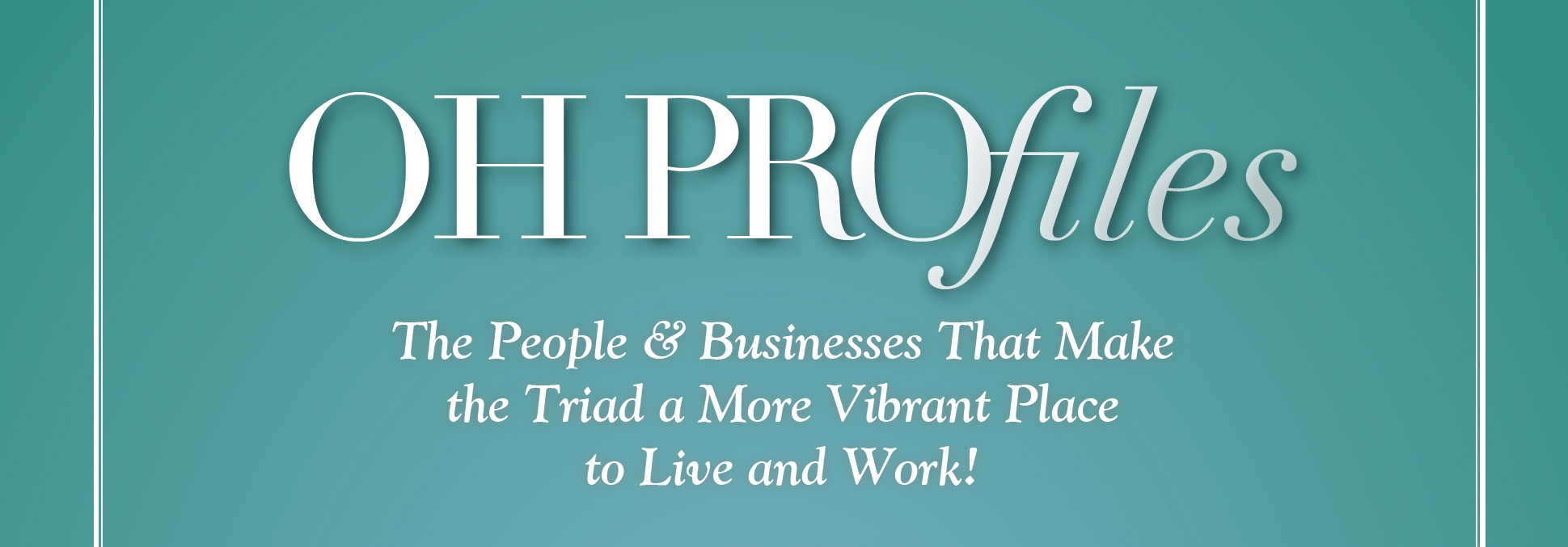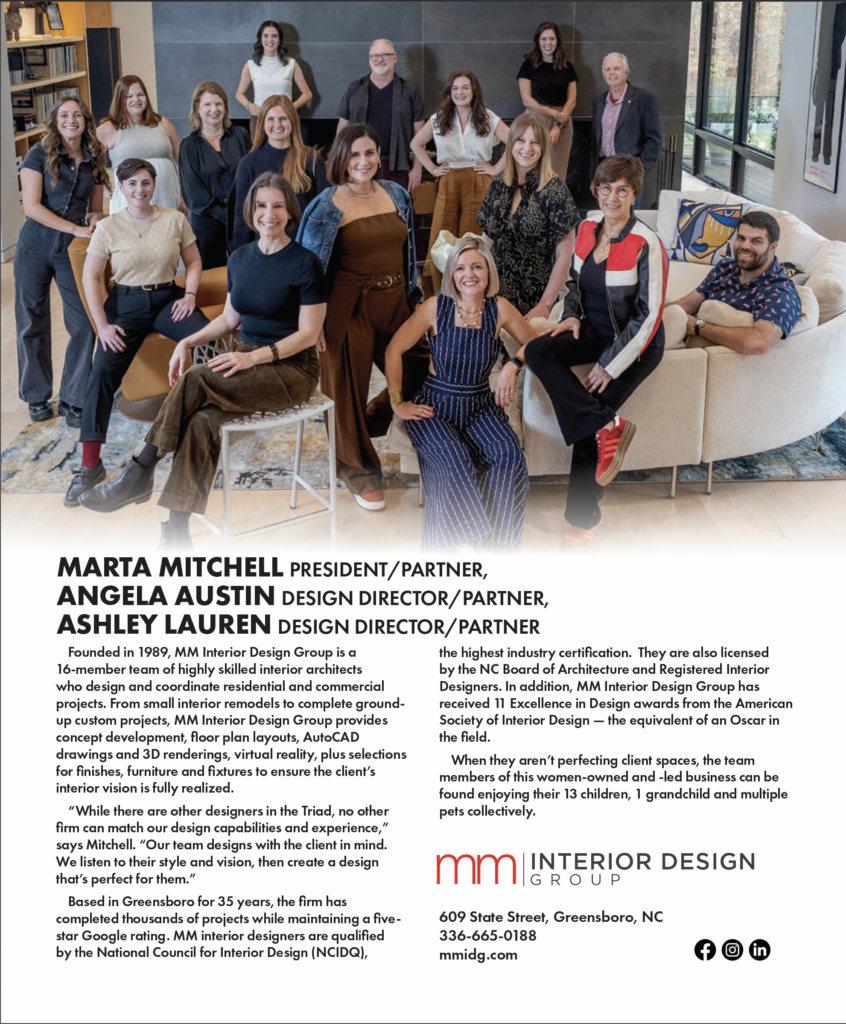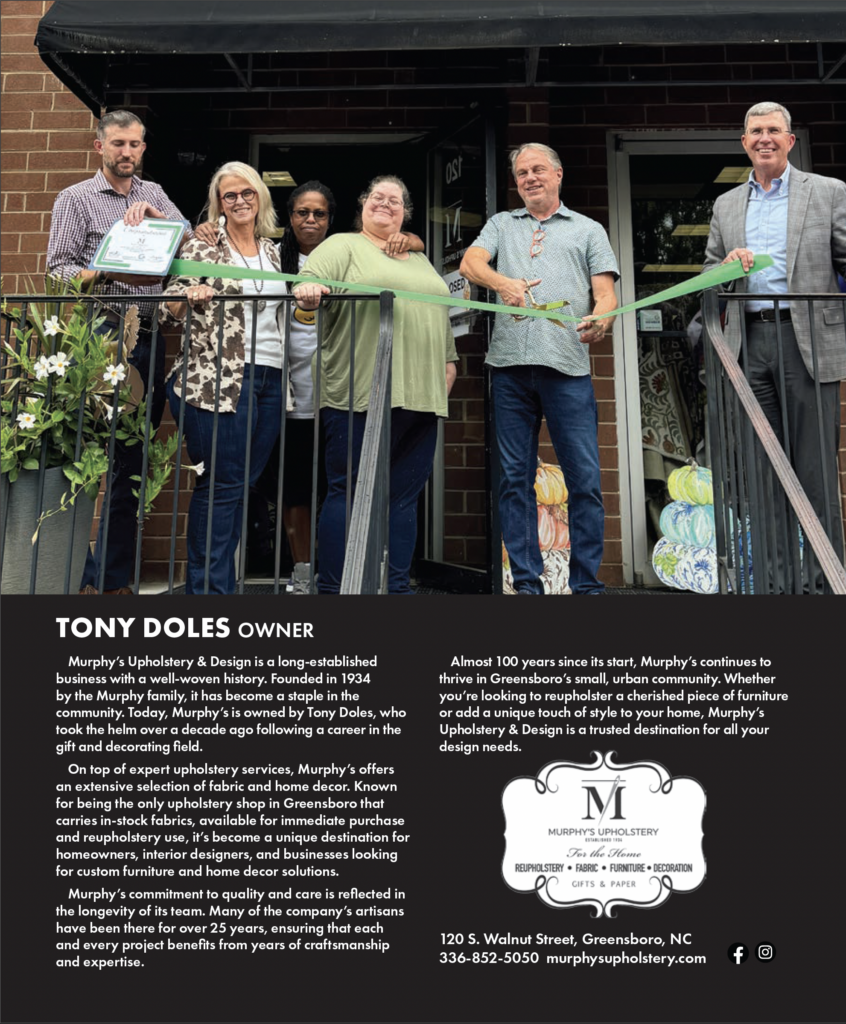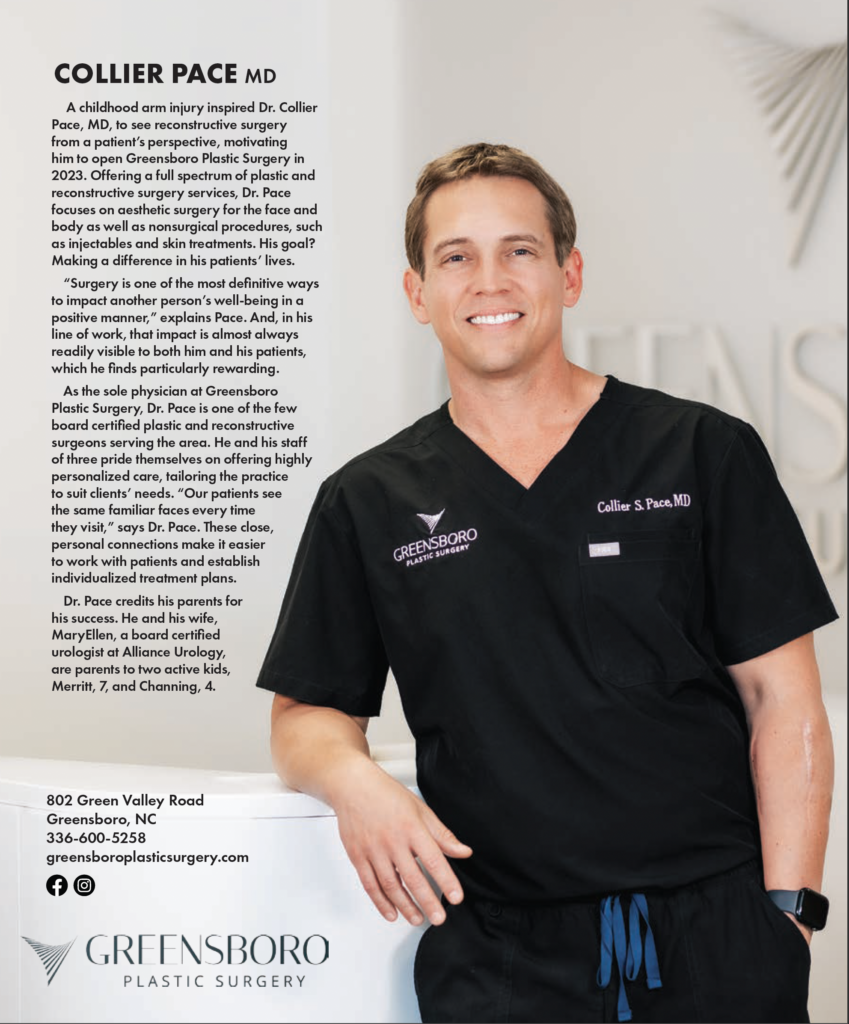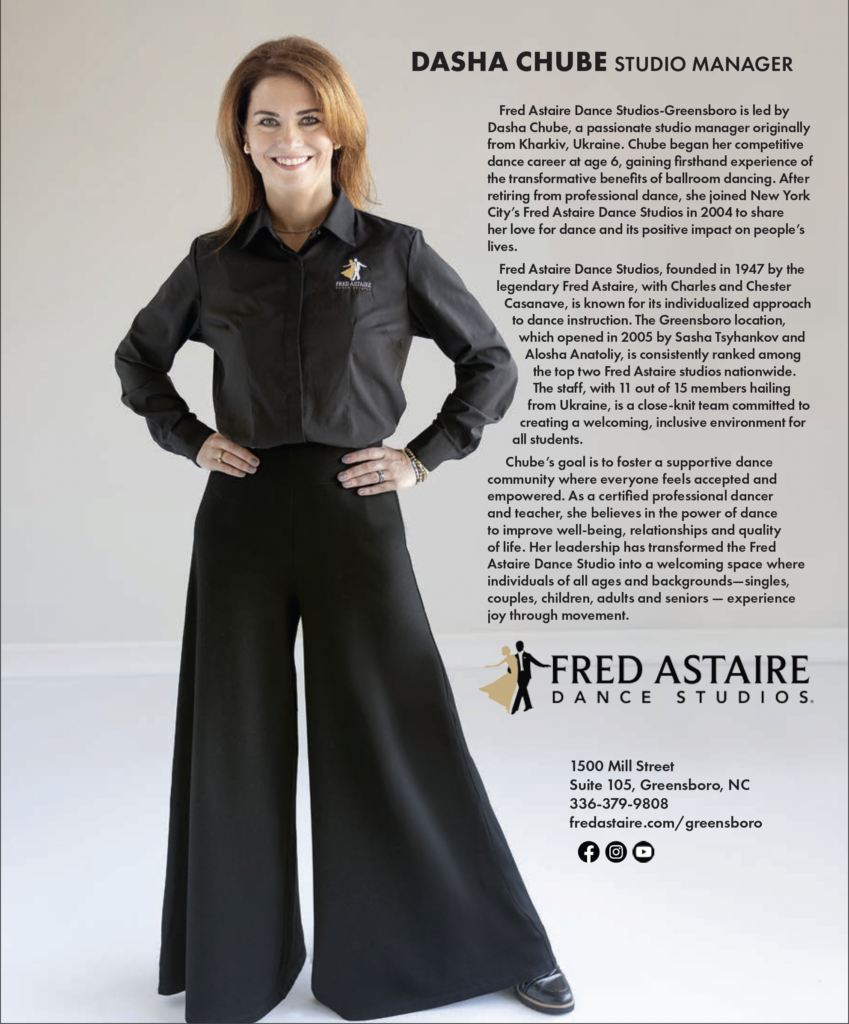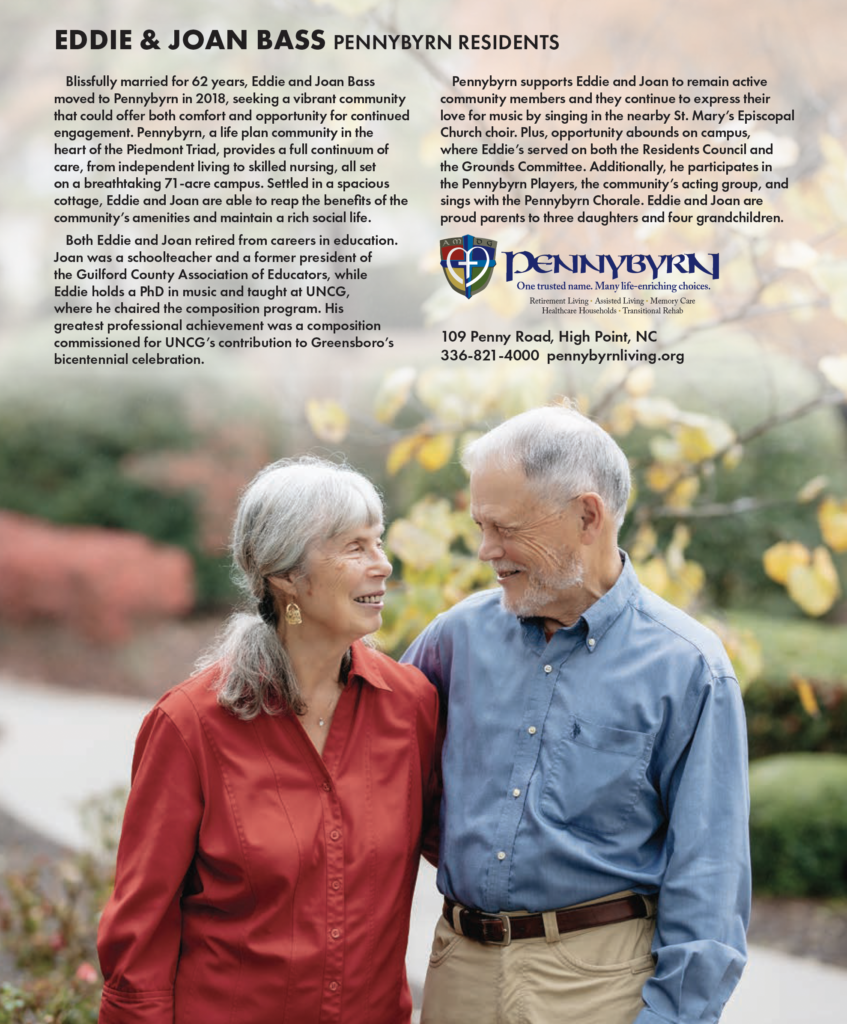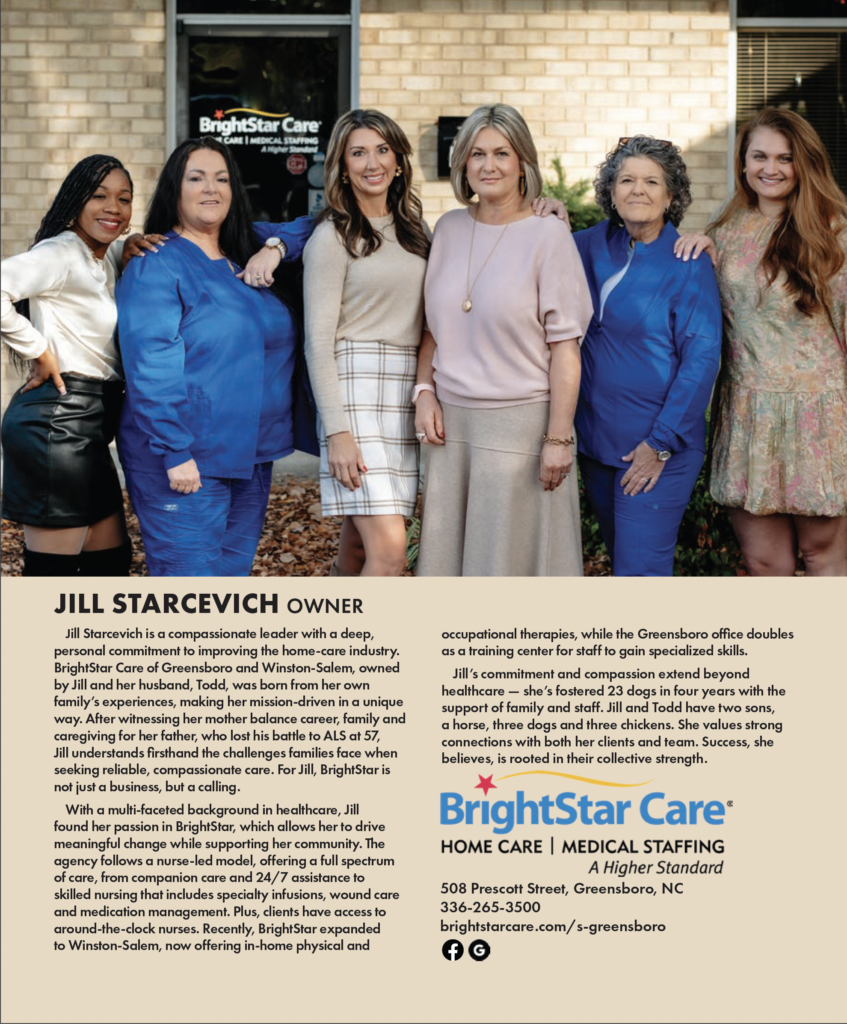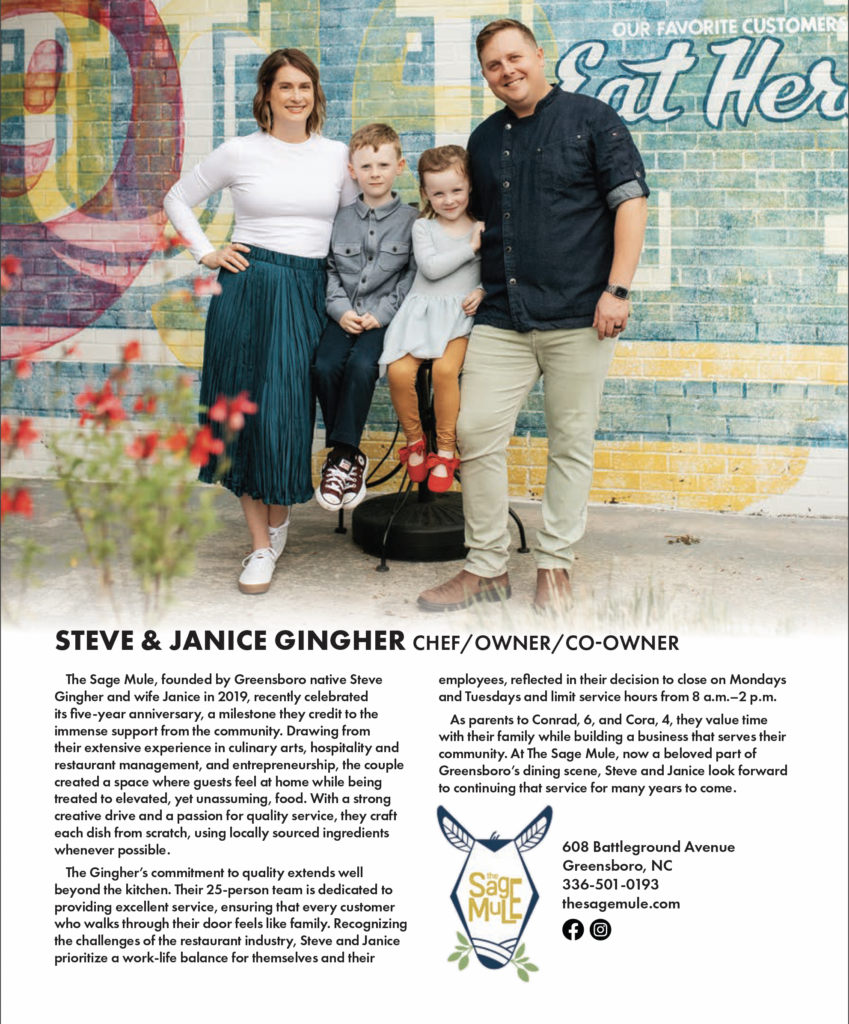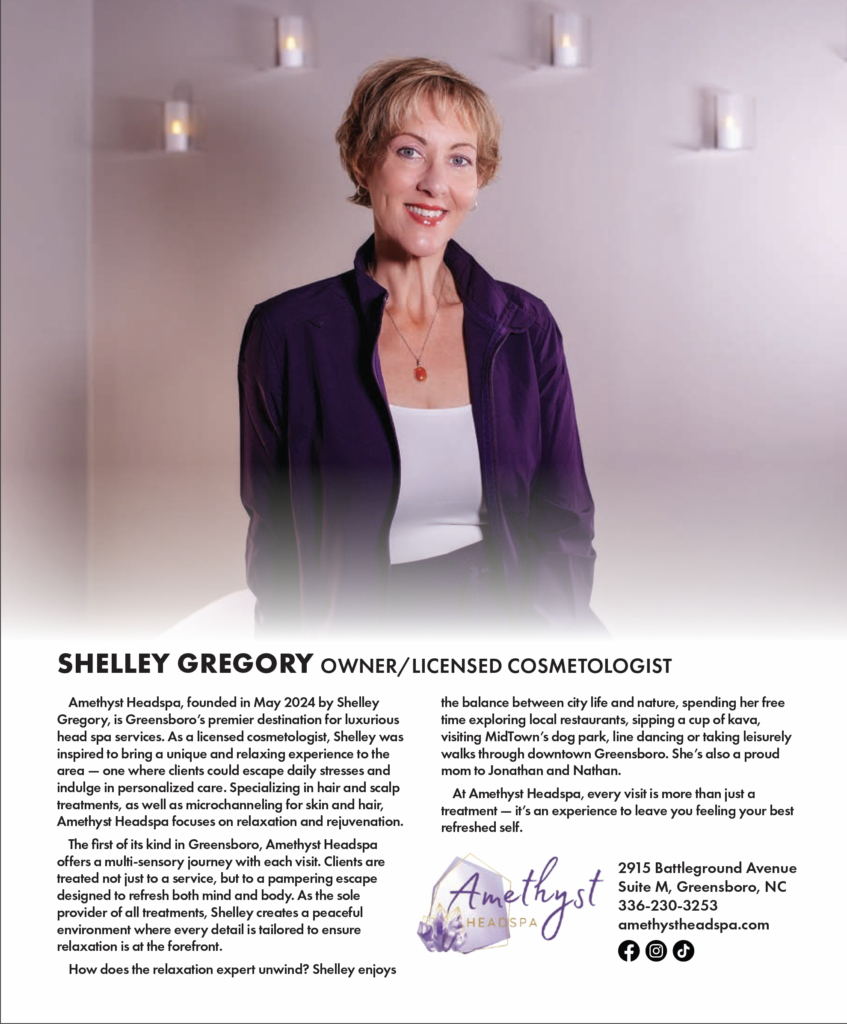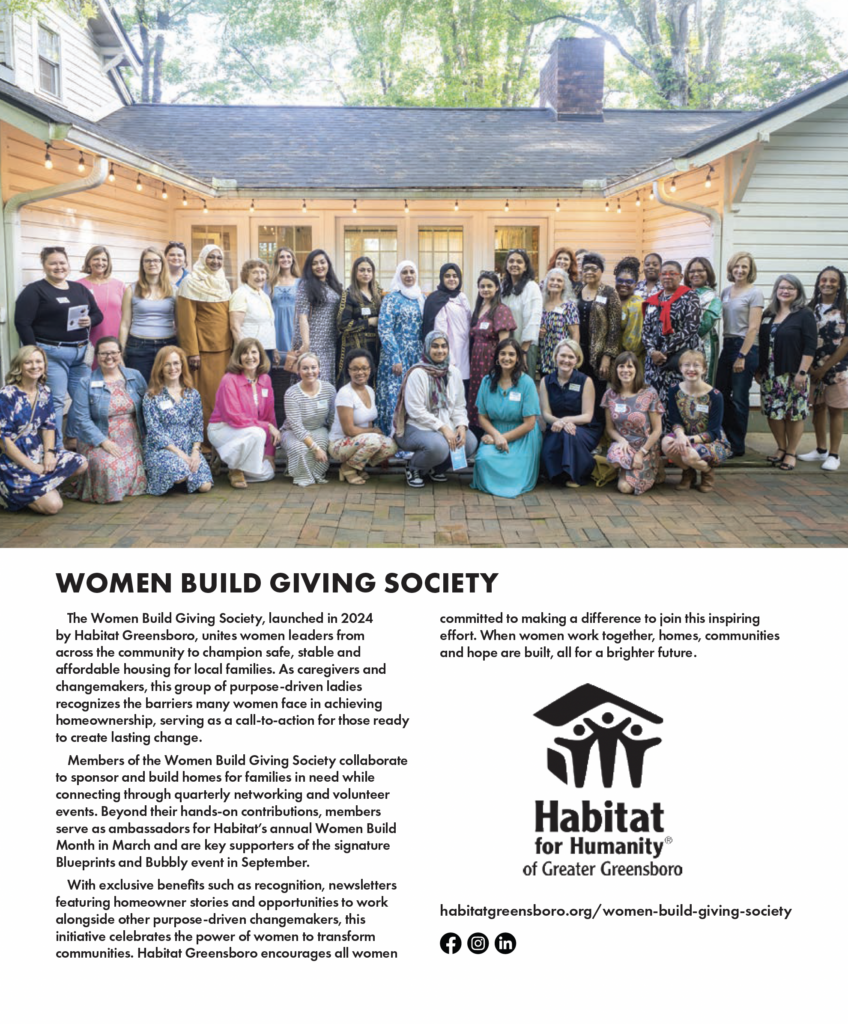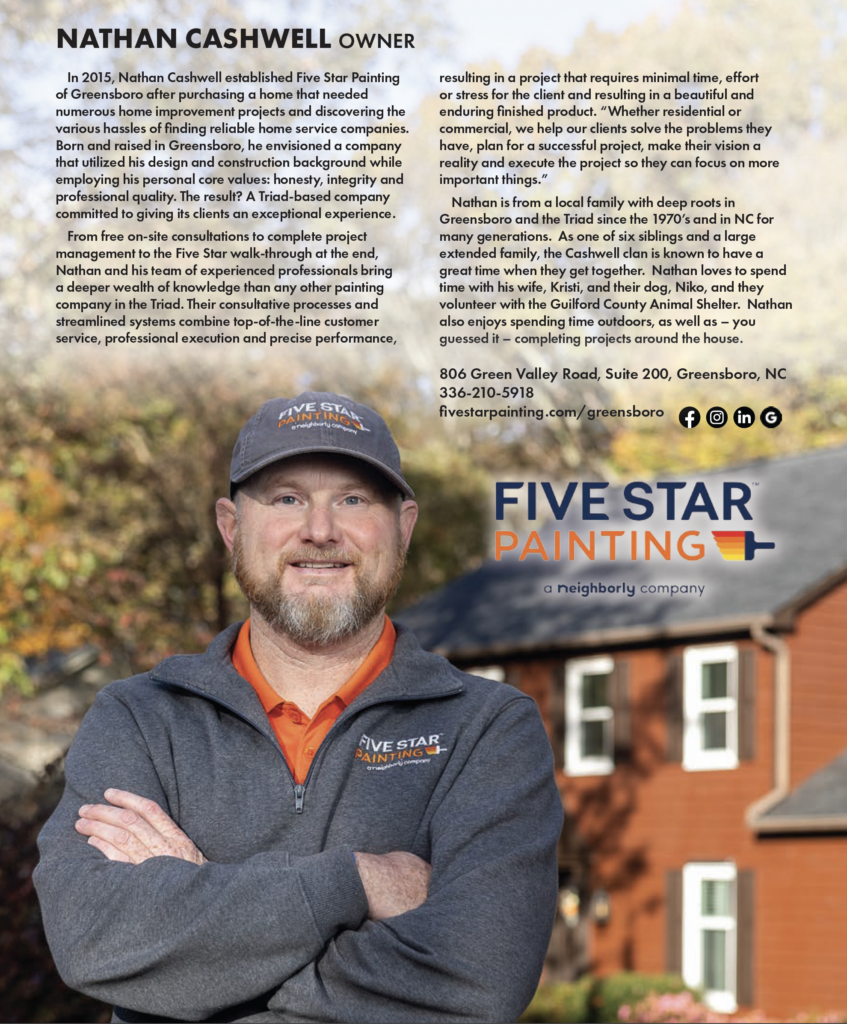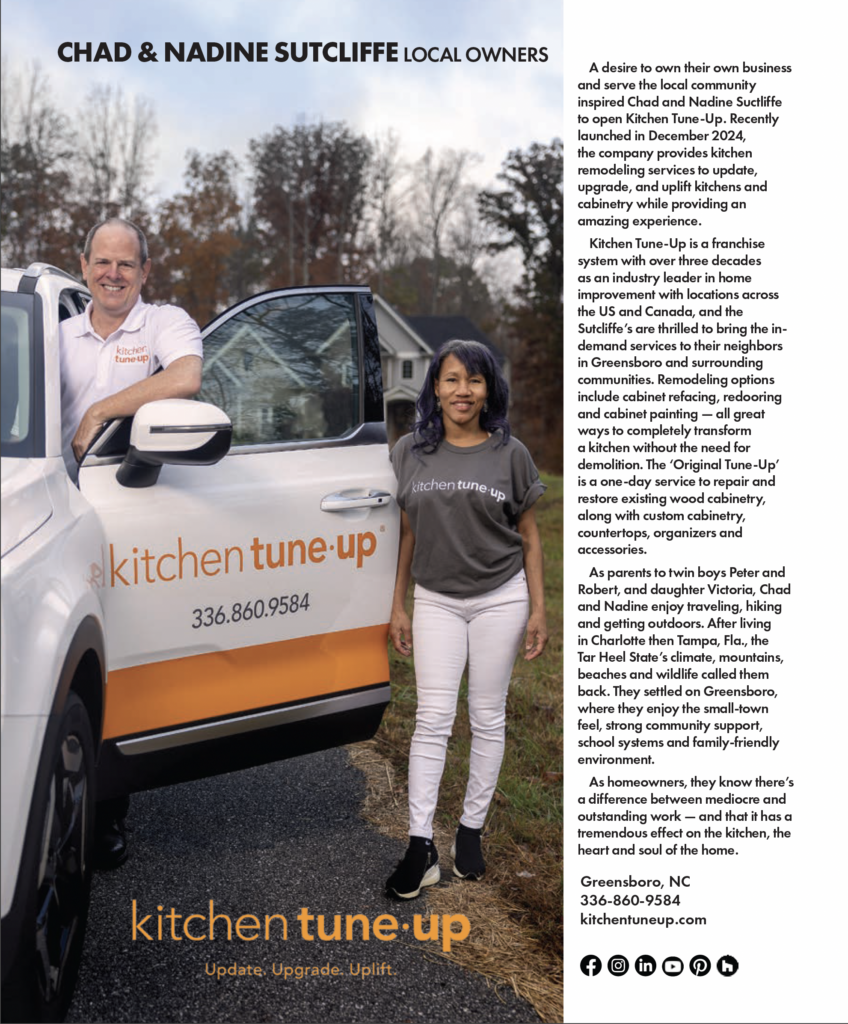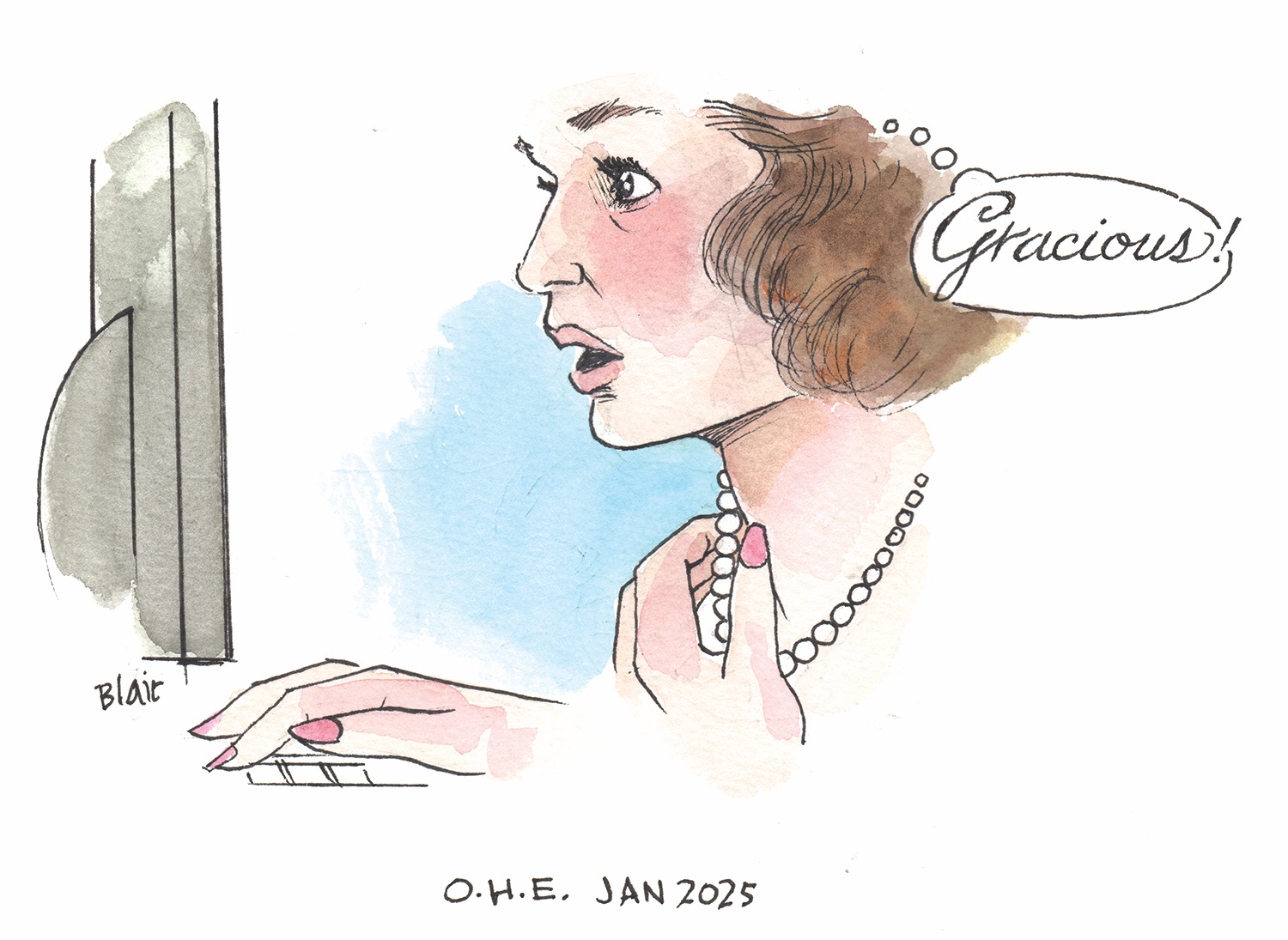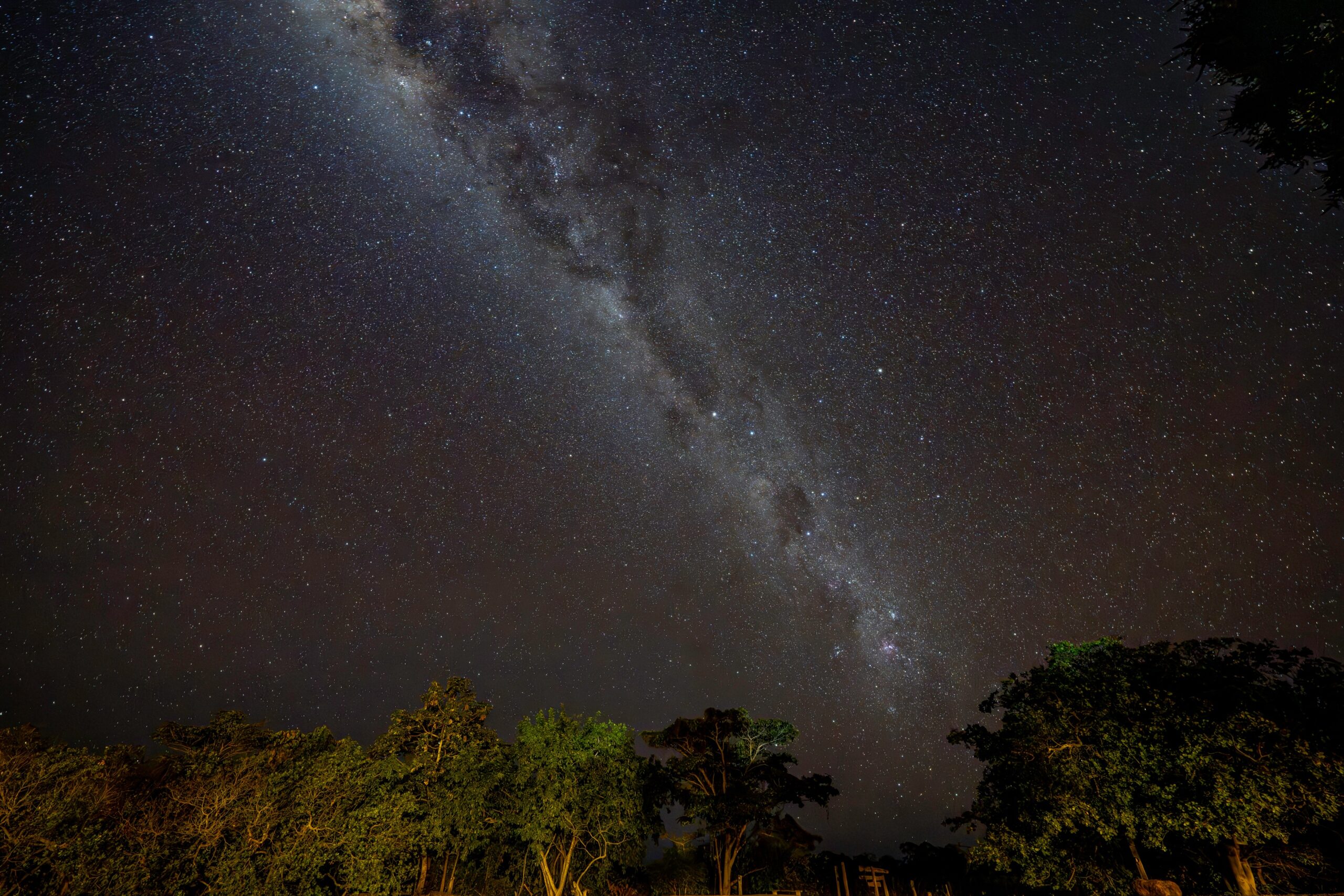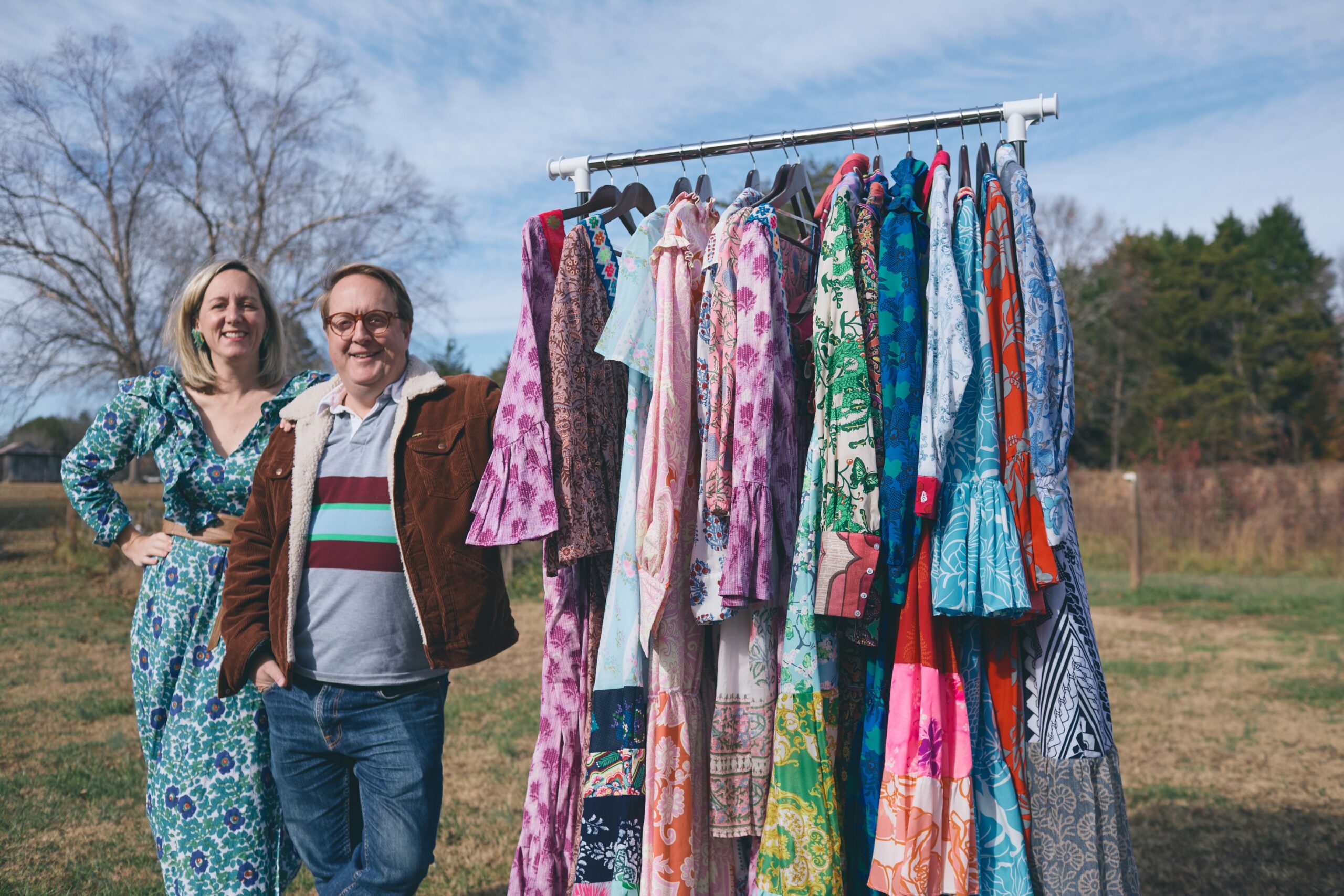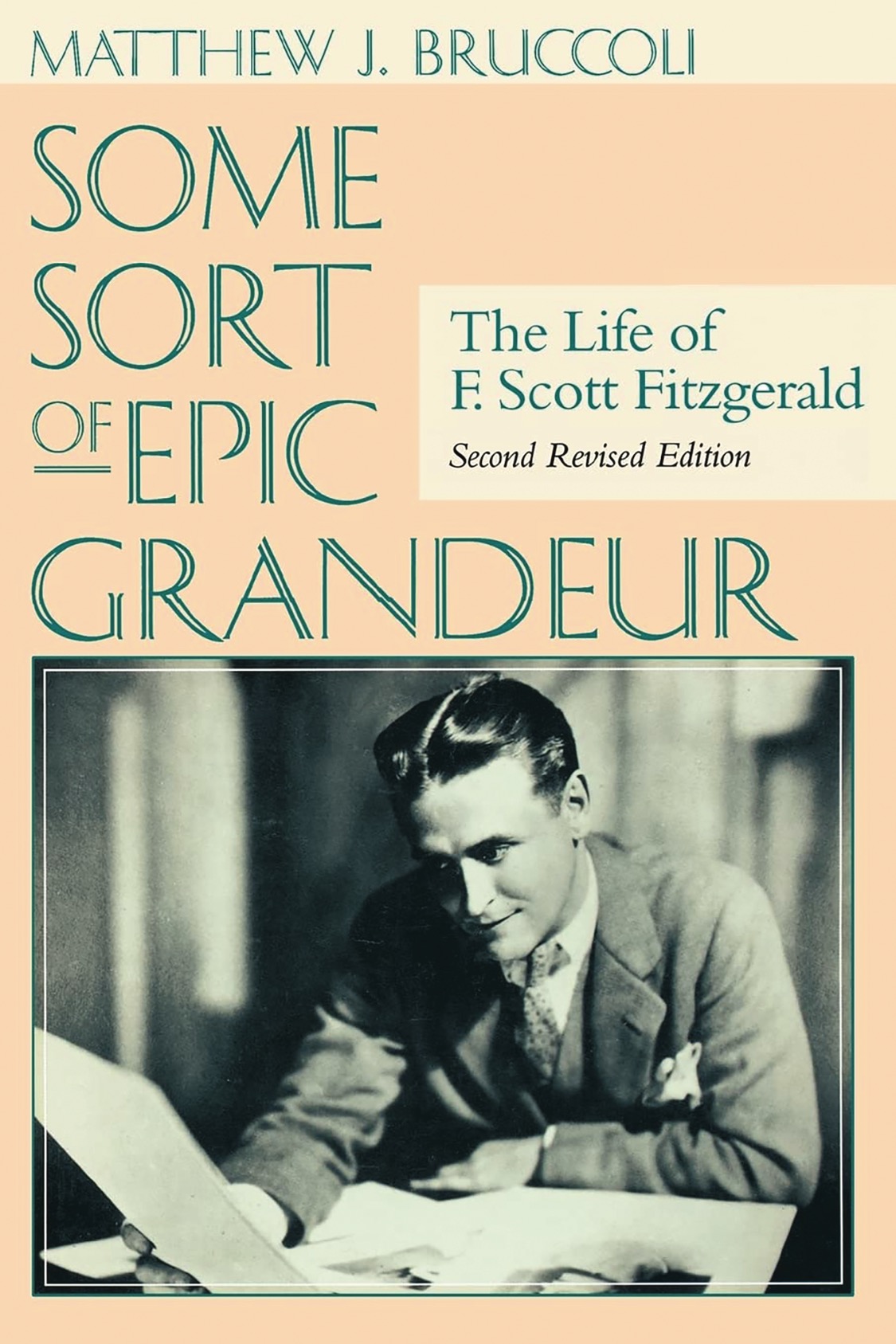O.Henry PROfiles January 2025
Almanac
ALMANAC
Author Archives: O.Henry Magazine
Almanac January
By Ashley Walshe

January is a flickering candle, a blanket of starlight, a question blurted in the dark.
Before the day breaks, the quiet morning lures you into its luscious chamber. Outside, whispers of ancient myths illuminate the inky sky. You light a candle, watch the flame perform its sacred dance.
Quivering in perceived stillness, the fire speaks in a language raw and primal. What but the ecstasy of darkness could make the light act as a howling
dervish? What but the silent tongue can taste the
succulence of nothing?
Deep in the forest, a barred owl dances like a candle, wings raised as he bobs and sways in naked branches.
Who cooks for you? he cries into the silken void. Who cooks for you-all?
The quiet cradles every note.
Who cooks for you? he blurts again, urgent and steady.
The candle shivers. The silence deepens. The mystery bellows back.
Soon, the brightest stars will fade into the tender blush of dawn. Flickers of a hidden world will vanish. The everything of silence will be gone.
Sop up the rapturous blackness of this pregnant morning. Be as the trembling candle — danced by an unseen song. Let the silence deepen, let the darkness sweeten, let the mystery make itself known.
Winter Bloomers
Bless what blooms in this barren season: Christmas roses, early crocus, daffodils, snowdrops, clematis and — what heavenly fragrance! — aromatic wintersweet.
Translucent yellow flowers adorn the bare branches of this deciduous shrub, perfuming the air with lemony sweetness. Native to China, this woody ornamental thrives in full sun and moist, well-drained soil. Nothing like a dainty olfactory delight to greet us at the dawn of this bright new year. What’s best? The deer can’t stand it.


Out With the Old
Nothing lasts forever. But the mail-order fruitcake comes pretty darn close.
Dig into the history of this notable loaf and you may find yourself down the nut-studded rabbit hole. Ancient Egyptians buried their pharaohs with it. In ancient Rome, the dense cake sustained soldiers in battle. And in the early 18th century, “plum cake” was outlawed throughout Continental Europe on account of its “sinfully rich” ingredients.
What was once a symbol of grand indulgence became a cheap-and-easy Christmas gift when department stores began stocking their shelves with the commercially made wonders we all know and, well, know. Some love it, some loathe it, and — on January 3 — some hurl this Yuletide offering into the great blue yonder.
National Fruitcake Toss Day started in Manitou Springs, Colorado, in the 1990s. Their annual event, called the Great Fruitcake Toss, features various competitions in which participants launch the brick-like loaves by hand, slingshot or cannon. Fruitcake remains are donated to local farms for animal feed or compost. A gift that keeps giving indeed.
NC Surround Around
NC SURROUND AROUND
Author Archives: O.Henry Magazine

Making Music in the Woods
And putting money in artists’ pockets
By Tom Maxwell
There’s a 63-acre compound on Borland Road, out in the rolling Orange County countryside near Hillsborough. On it is situated a log cabin, a barn and several other outbuildings stuffed with the kind of gear that only true believers would collect: a Neve 88R mixing desk originally commissioned by New York’s Electric Lady Studios; a live reverb chamber; several isolation booths; and, aurally immersive Dolby Atmos mixing capabilities. This particular compound goes by the name of Sonark Media, and it’s a thoroughly modern complex offering recording, performance and streaming capabilities.
Sonark is the brainchild of Steven Raets, a Belgian-born polymath. Up until 2012, Raets had been working for the “big three” investment firms: Goldman Sachs, Morgan Stanley and JPMorgan Chase. That all changed the following year, when he retired.
“Then basically the question was, what was gonna be the rest of my life?” Raets says. “I’ve always had a big passion for music. I’ve played in all kinds of bands since I was 12 — party bands, original bands, when I lived in Belgium and London. I’ve always been involved in music; that’s always been my destiny. I just happened to be really good at mathematics and statistics, so I ended up in a trading role, but I knew I was going to go back to music. That moment happened in 2013.”
Raets built a home studio in the basement of his Chapel Hill home — he’s married to a UNC professor — and started producing records. Once the kids were out of the house, the couple decided to scale down. They bought a farm not far from where they lived and began fixing up the old log cabin on the property. But Raets wanted to move up, literally, from the basement.
“I said to my wife, ‘You know, I want to keep doing music,’” Raets says. “‘So, if we’re moving from this house, then you have to allow me to build a proper studio.’ And she said, ‘Yeah.’”
Raets’ idea of what constitutes a “proper” studio might differ a little from most industry entrepreneurs. For one thing, he and his partners run three full recording studios on the Sonark property: Studio A, with a huge live room, high ceiling and three isolation booths; the smaller Studio B; and a renovated barn dedicated to rehearsals, live performances and streaming. The rooms sound amazing, and the gear is impeccable. If this was all the Sonark gang did, it would be more than enough. But these people are true believers.
“I think we’re uniquely set up to help the music industry rethink how music should be made, distributed, enjoyed and monetized,” Raets says, “and that is basically what keeps us awake every day. How can we help our musicians make more money in this world where music has become worthless? That’s our mission at Sonark.”
The fact that this question is even being articulated is refreshing. Without getting too technical about it, many of the fundamental revenue streams for musicians have dried up over the last few decades. Unless you’ve established a national touring base, it’s tough to make enough money at each gig to put gas in the van to get to the next town. Vinyl records have made a comeback, but they’re considered merchandise, to be sold along with band T-shirts, posters and hoodies — and many clubs take a percentage of this money. Merch is welcome supplemental income, but it will hardly keep body and soul together. That leaves digital streaming.
In the past year and a half, Spotify’s CEO Daniel Ek has made over $345 million, with his top executives coming in a close second, leaving megastars like Ed Sheeran and Taylor Swift in the dust. This is because a generous calculation of Spotify’s payout is about $0.003 per stream, and that’s allowing for the artist having complete control over their intellectual property, which is seldom the case. So even Swift — the most streamed artist on the platform — has yet to earn the kind of dough Ek has made.
Raets and his colleagues have spent a lot of time on the issue of putting money into musicians’ pockets, and they’ve come up with PIE TV, a subscription platform that allows users to stream Sonark-produced live performances on demand.
“It is inevitable that, as our technology advances and becomes more sophisticated, and as the bandwidth of our wireless devices increases, music will be viewed as well as listened to,” Raets says. “For years, I’ve been thinking of how to do that in a way that could be packaged and make sense for both the artists and those who help produce it. We finally came up with this idea where we would start producing intimate shows with bands but produce them as if you are in the PNC Arena, except with maybe 150 people there. We give the band a very controlled environment with enormous amounts of production value.”
Sonark performances are shot on at least a half-dozen high-definition digital cameras, while the audio is sent to Studio A for mixing. Edited audio and video are then synced and sent out for broadcast on the PIE TV app. Artists are paid guarantees for their performance, and they own part of the intellectual property of the broadcast and so are entitled to an ongoing royalty share from future streaming.
Compare this to the hugely popular YouTube live performances where none of the revenue generated from those videos goes to the artist. Admittedly, this is no different than live television performances in days of yore. “If you were going to play Jimmy Kimmel or Saturday Night Live or Austin City Limits, you would have to do it for cost,” Raets says. “You get very little out of it as a band except for a huge platform and promotional value. But the monetization goes entirely to the network.”
PBS NC has taken note, broadcasting a season of Sonark Sessions: Live from the Barn featuring 10 North Carolina-based artists. As far as Raets is concerned, there’s no reason to stop there. “North Carolina is an incredibly fertile ground for talent,” he says. “But we really don’t have an industry. There’s not a lot of jobs around. I want to create awareness of the fact that the music industry is not a hobby; it’s a valid center of revenue. You have only to look at Austin, Texas, to see how that worked out for them. Twenty-five years ago, it didn’t exist. Now, the music industry contributes hundreds of millions of dollars in tax revenues to the city. My dream is to do something similar to that for North Carolina. There’s a lot of potential here and you can feel it bubbling everywhere.”
In Good Taste
IN GOOD TASTE
Author Archives: O.Henry Magazine

What's for Dinner?
This zesty one-pan chicken-and-orzo dish, that’s what
Story and Photograph by Jasmine Comer
We’ve all faced the dreaded dinner dilemma: You know the one, where no one can agree on what to eat. Before I could even reach the counter, lured by the wafting smells tickling my nose and colorful palate of veggies, I was curious about what my mom was cooking in the kitchen — and always had a strong opinion on whether it would be one of my favorite dishes. When I was in middle school, Mom would always have a warm, home-cooked meal waiting for me after school or basketball practice. Back in my early 20s when I was living with my parents, I graduated to becoming the designated decision-maker when we were faced with the dinner dilemma. That’s because I had gained my family’s respect from my love for cooking. But I was just following in my mom’s footsteps, and she never prepared a bad meal.
During the week, I crave simplicity in the kitchen. No one wants to clean up a mountain of dishes and pots after a long day of work. A one-pan meal is a perfect solution for the dinner dilemma, allowing you to maximize flavor while minimizing time at the kitchen sink and dishpan hands.
Lemon garlic parmesan chicken and orzo to the rescue. The first layer of flavor starts with a buttery base of aromatic shallots and garlic. White wine and lemon juice then harmonize with the richness of the butter, creating perfect balance. It all comes together with tender chicken and flavorful broth, with a perfect touch of saltiness from parmesan cheese. Lastly, fresh parsley brightens up the dish, making it a sensory smash. With so much flavor, no one will even guess you only spent 30 minutes in the kitchen. Dinner dilemma solved — easy peezy, lemon squeezy.
Lemon Garlic Parmesan Chicken and Orzo
Ingredients
1/2 teaspoon kosher salt
1 teaspoon oregano
1 teaspoon garlic powder
1/4 teaspoon ground black pepper
1 pound boneless, skinless chicken thighs
2 tablespoons olive oil
4 tablespoons butter
1/2 small shallot, diced
2 garlic cloves, minced 1/4 cup white wine
1/4 cup freshly squeezed lemon juice
2 1/4 cups chicken broth
1 1/4 cups orzo
1/4 cup grated parmesan
Chopped parsley for garnishing
Directions
1. Preheat oven to 350F. In a small bowl, mix together salt, oregano, garlic powder and pepper. Season both sides of the chicken.
2. Heat the olive oil in a large, oven-safe skillet over medium heat. Sear the chicken on both sides until brown, about 3–4 minutes per side. Once the chicken is browned, remove it from the skillet.
3. Reduce the heat to low and add the butter, shallots and garlic cloves. Sauté for 1–2 minutes.
4. Deglaze the skillet with the white wine, making sure to scrape the brown bits from the bottom. Simmer for 5 minutes or until the wine is reduced by half.
5. Add the lemon juice, chicken broth and orzo to the skillet. Stir to combine. Then stir in the grated parmesan.
6. Add the chicken thighs back into the skillet. Cover and bake for 30 minutes or until the orzo has absorbed most of the broth. Uncover during the last 10 minutes of baking.
O.Henry Ending
O.HENRY ENDING
Author Archives: O.Henry Magazine
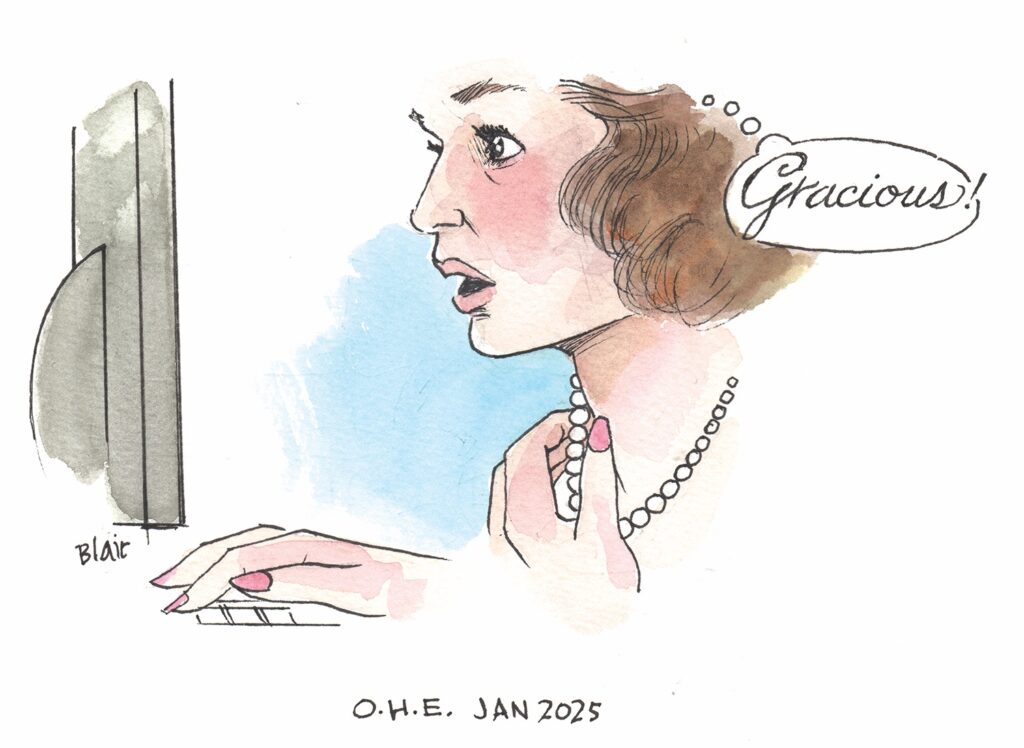
Badassery Baldashery
Take our word for it
By Cynthia Adams
Surprising myself, an anachronistic Southernism popped out of my mouth. “Well, I Suwannee,” I murmured, before promptly clapping a hand over my mouth.
I Suwanee — once a euphemism for “I swear” in polite company — sounded positively silly, mincing and antiquated.
But by the afternoon, I learned just how antiquated it was, given Merriam-Webster’s pronouncement. Among “new” words (are they ever exactly new?) just added into the dictionary’s lexicon was “badassery.”
B-b-but badassery?
Which just demands you jump up, find a dictionary and go straight to the letter “B,” forefinger tracing the page. (Remember when a dictionary and a thesaurus were on every writer’s desk?) No need. There it was online, the first usage given as “the state or condition of being a badass: a badass quality or character.” The second usage referenced “actions or behaviors characteristic of a badass.”
Did we need this broken down for us?
As for actions or behaviors,“badassery” is not a word I would have dared use in front of my mannerly Southern Mama.
Seems K. Nunn, a California born novelist/surfer who may or may not live Down Under at this writing, may have coined the word in 1992 — beating sex advice columnist Jen Sincero to the punch.
Fast forward to 2013.
That year, Sincero’s self-help book, You Are a Badass, published with flabbergasting hoopla.
This begs the question, what was happening in 2013? Was no one publishing that year? Actually, quite a lot of hits come to mind, including Gone Girl, Fifty Shades of Gray and a Dan Brown blockbuster.
But Sincero’s slim volume of nothing-new-here badassery went on to sell 5 million copies, scaling to the top of The New York Times bestseller list — making her a Badass for the Ages, having sold 27 rather uninspired micro chapters heavy on graphics. The school bus yellow cover even made it into the gift book section of Grandma-friendly retailers (such as Soft Surroundings) and spawned a slew of novelties.
Badass novelties included a paperweight-sized button that literally says “You Are a Badass” and affirmation cards. (Badass rhymes with dumbass, which is also in Merriam-Webster.)
Life is not all farts and giggles (the title of an actual podcast, which probably made another sex advice columnist rich), so let’s not dwell on the details of badassery. So, be forewarned; the title is a spoiler, giving away the gist of Sincero’s message: You (the astute reader) Are a Badass (discerning enough to buy said slender book.)
Job done!
The author has since become a life coach, dispensing badass guidance to one and all.
Yet the day held more surprises. Sincero’s reach was far and, frankly, impressive.
Before quitting time, an attention-getting item slid into my inbox from the scientific blog Nature Briefing, a nerdy digest of scientific breakthroughs.
Molecular biologist Gary Ruvkun gave his favorite nematode a shoutout as “badass.” Seems a lowly, yet much-studied “badass” worm inspired four (potentially more) Nobel Prizes.
“No one ever thought to use that term for a worm,” he mused wonderingly. Not before Ruvkun!
He not only asserted the worm’s badassery; he did so — and I quote — “before the Nobel-stinking-Prize.”
Nobel-stinking-Prize? That Ruvkun made sure the worm, the first animal to have its genome deciphered by geneticists, got its due when he clenched the medal. Oh, dear readers, if only to have heard Ruvkun’s acceptance speech!
I returned to Merriam-Webster, seeking inspiration for future Nobel-stinking-Prizes.
Yawningly familiar terms like “true crime” or “beach read” hardly seemed worthy.
And “nepo baby,” a newly admitted term, is at least as old as Rupert Murdoch, Goldie Hawn’s kids, the Kardashian clan and fictional nepo babies in Succession.
But, embedded in metaphorical weeds, there were some MW surprises.
“Touch grass” referenced interacting with the real-versus virtual -world. Ditto for “shadow ban”_another social media reference synonymous with “stealth banning” or “ghost banning,” which might quicken the pulse of a Russian troller.
But my eyelid twitched at “dungeon crawler.” You won’t catch me using that one! Nor “shadow ban.” And assuredly not “badassery.”
Even if it costs me a Nobel-stinking-Prize.
I Suwannee.
Look to the Skies
LOOK TO THE SKIES
Author Archives: O.Henry Magazine
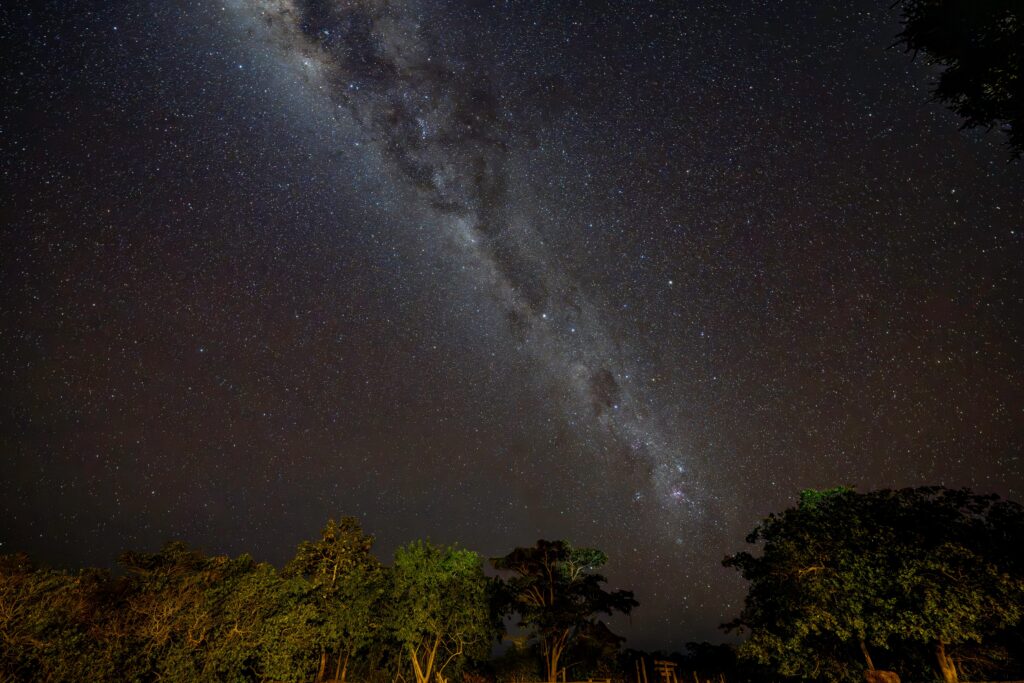
Look to the Skies
Shooting stars, sunrises and celestial wonder
Photographs and Story by Lynn Donovan
Lynn Donovan has been shooting for O.Henry magazine since its 2011 launch. A Greensboro native, she loves to travel the world with her faithful companions — her husband, Dan, and her cameras — capturing wildlife, landscapes and everything in between. In addition to O.Henry shoots, she adds concerts, theatre events, festivals and other happenings to her repertoire. Capturing life through her lens and sharing the images with others is what makes her click!
Above us there is a huge ever-changing canvas of sky. If you look
up you may be rewarded with phenomenal sights. Here are some of my observations over the years of gazing upward with my camera.
The sun greets me every morning with its light and warmth, and, as a photographer, an endless number of stunning possibilities. Even on cloudy days, the filtered light creates a dreamy softness to everything it falls on. I love watching the daybreak. No two sunrises are the same, but all fill my lenses with vivid colors and intensity, creating magic.

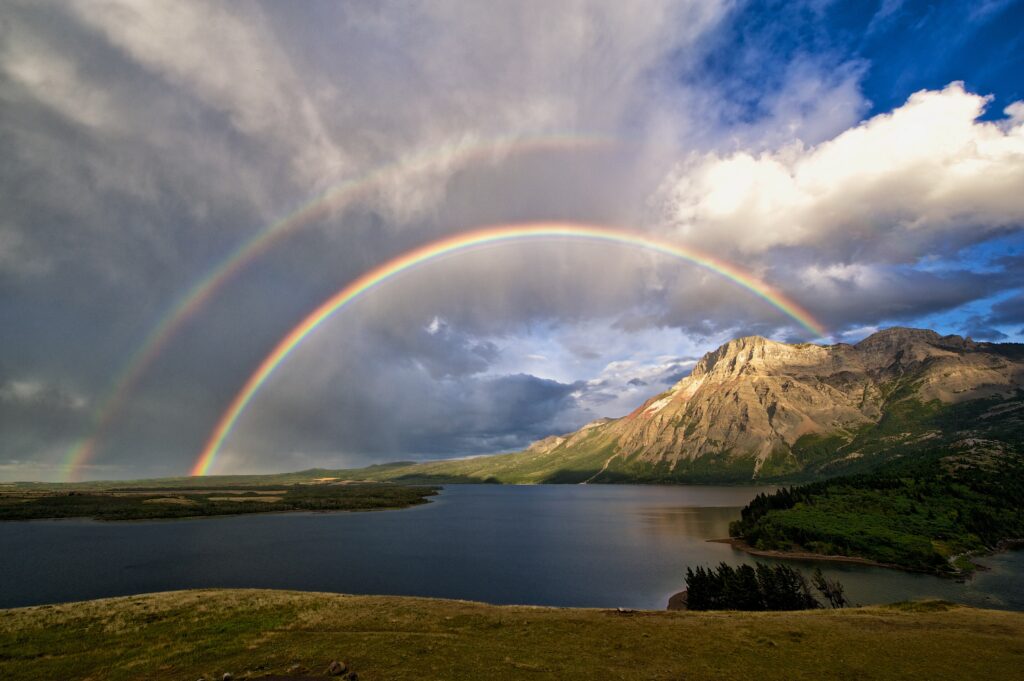
Without rainstorms, the sun would not be able to dazzle us with those radiant arcs of color across the sky, aka rainbows. Storms offer an opportunity to catch unique clouds filled with rain that replenishes the Earth. Clouds, storms and lightning can make the skies a photographer’s dream. When conditions are right, entire clouds glow with an eerie internal light or throw out bolts of lightning that can set the entire sky ablaze.
At the end of each day, the sun dips below the horizon and the golden hour — beloved among photographers for its soft diffused light — begins. For a brief period, the skies and clouds reflect the dying day’s warm colors and the entire sky glows. Many of my suppers have gone cold or been eaten late while standing outside, basking in the dusk.
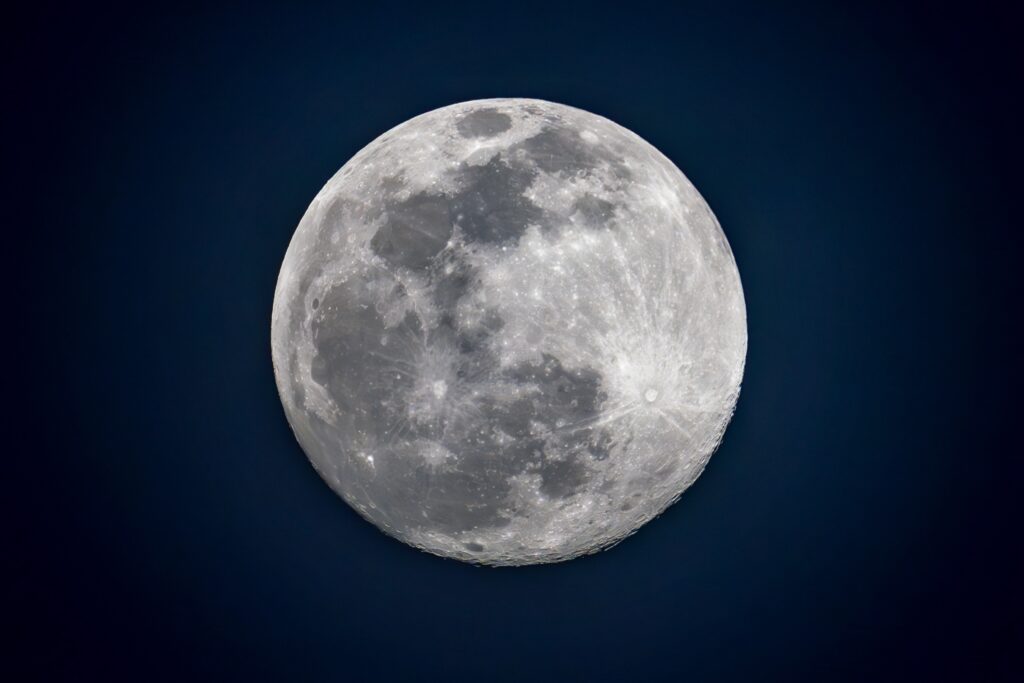

The sun and moon take turns eclipsing each other. From partial to total, they are something to watch as they attempt to block each other’s light. During a solar eclipse, the moon passes between the sun and Earth, casting a shadow on Earth, partially or totally blocking the sunlight. For a total solar eclipse, the sun’s corona is briefly visible. At totality, an eerie, dusky darkness occurs — the temperature drops, birds stop singing and crickets chirp. A lunar eclipse occurs when the Earth passes between the moon, in its full phase, and the sun, dimming the light falling on the moon, sometimes giving it a red glow.
It’s often hard for me to stay indoors after dark given the incredible displays revealed long after the sun has set. The skies are filled with wonder that begs to be observed. The largest object visible from Earth is our moon, waxing and waning, filling the sky with its almost constant glow. Full, crescent, new and everywhere in between, the moon can even be observed during daylight. It also can create moonbows, which are just like rainbows, but created by the light of the moon through water mists. Our lives are filled with poetry, song and prose dedicated to this beautiful rock.

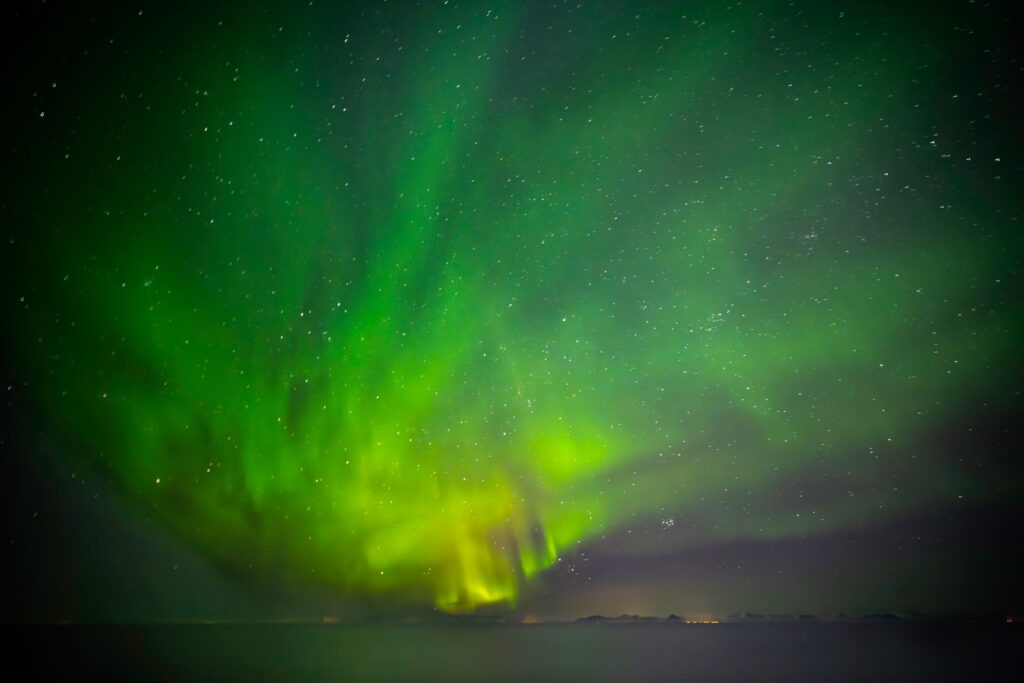
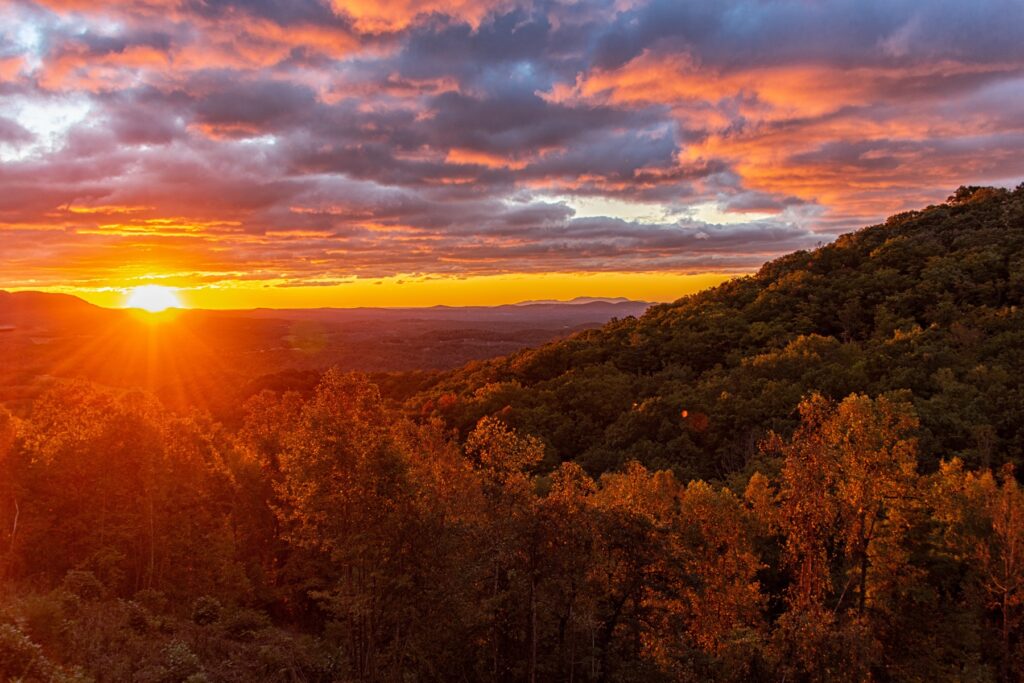
The moon is hung upon a blanket of stars. If you leave the lights of the city behind, you will be able to see an entire canopy of twinkling stars above your head. And if you stay in the dark long enough, just like a camera’s long exposure, your eyes will adapt to witness the magnitude of starry light. Really dark skies reward observers with the Milky Way, stretching across the sky, reminding us of what a small part we each play in this magnificent universe.
If you are lucky and extremely patient, the way photographers have to learn to be, you will be rewarded with meteors streaking across the star field. Every year, several meteor showers rain across the sky. And if you are really lucky and observant, you may catch a comet. Over the last few decades, several bright comets have streaked through the heavens, many visible to the naked eye. Maybe one day I will graduate to shooting through a telescope!
One of the most elusive light shows happens when the Earth’s magnetosphere is disturbed by the sun’s solar wind, causing aurora borealis, or northern lights. They range from a faint glow to arcs across the sky to dancing curtains in colors of red, green, blue to yellow and pink. While I’ve traveled all the way to Alaska, Iceland and Norway to experience their splashy shows of color, the solar flares are sometimes so strong that we can catch them as far south as North Carolina — which happened twice in 2024. Sometimes, all you have to do is step into your own backyard, look up and focus!
The Disheveled Prepster
THE DISHEVELED PREPSTER
Author Archives: O.Henry Magazine
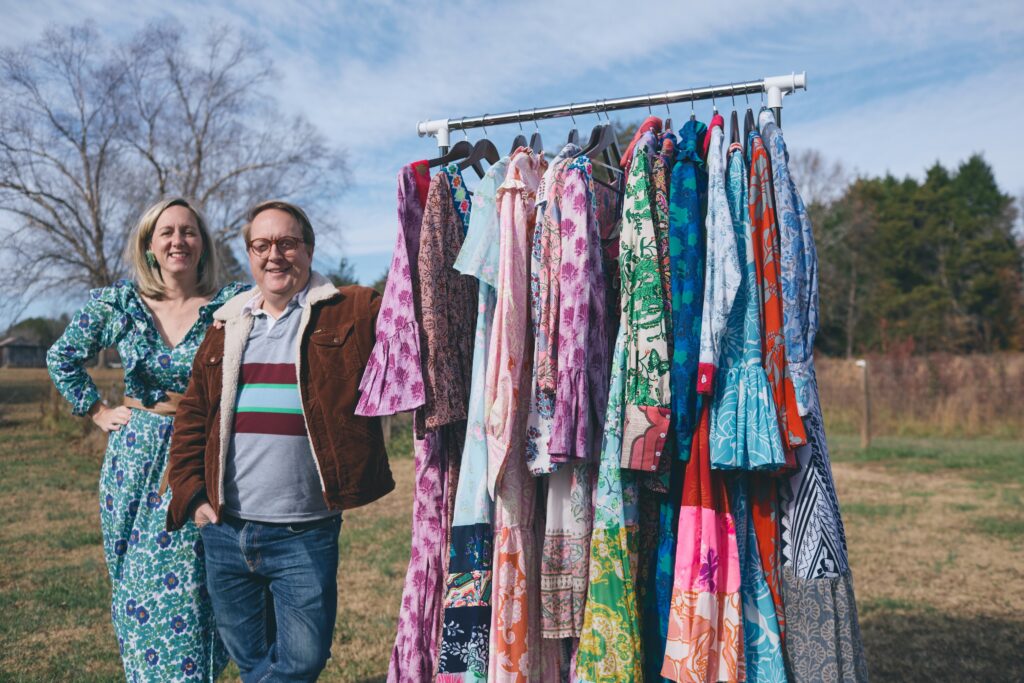
The Disheveled Prepster
A Page High School alumni moonlights as a fashion designer
By Cassie Bustamante • Photographs By Anna Peeples
By day, Greensboro native Matt Healy works in HR for Ecolab, a global player in water treatment and other technologies aimed at protecting people. After work, he can be found hauling his kids to baseball games or basketball practice with his wife, Sarah, or coaching their soccer team. But when the office has been locked up for the day and the two boys tucked into bed, visions of bold, patterned dresses dance in his head.
Even as a preschooler in the early-’80s, Healy colored liberally on his clothes. His parents, worrying that something might be wrong, took him to see a child psychologist. The diagnosis? Their healthy, young child was simply telling them, “I have my own style.”
“My personal style has been pretty bold,” Healy says, then looks down at his black polo shirt and gray twill pants and chuckles. “This was just a very-exhausted-on-Monday look.”
By contrast, his brand’s instagram feed (@augustus_roark)features images of models wearing colorful bohemian skirts paired with vintage-style T-shirts — or patterned patchwork dresses — bringing to mind vintage vinyl album covers.
“I’ve always described the Augustus Roark brand, the look of it, as like a prep-school Deadhead or like the guy who listens to Joy Division at a fraternity party,” says Healy. “You’re in the scene, but you’re pushing it a little bit.”
While music inspires the Augustus Roark aesthetic, the company’s name was drawn from literature. “Augustus” pulls from the Lonesome Dove character, Augustus McCrae, and “Roark” from Howard Roark, the protagonist in Ayn Rand’s philosophical novel, The Fountainhead. These two characters, says Healy, were both individualistic but heroic and went against the societal grain. “It sort of symbolizes, ‘Be an individual. Be who you want to be. Follow your own North Star.’”


Inspiration wasn’t far afield. His own father, though in finance, has always stretched the boundaries of the latest fashion. “He is always way better dressed than me,” says Healy. “He’s pretty bold.”
Of course, he’s quick to add that his mother, who “sold clothes for a time with her sister,” has also been an influence. “I don’t want to discredit my mom — she’s very fashionable,” he says, “but my dad is kind of the one that really has an eye for it.”
Though you might say that Healy’s fashion design career began with those original scribbles on his childhood garments, he admits that he didn’t take the leap into it until his mid-20s, a few years after earning a degree in history from UNC Chapel Hill.
While his mind is always swirling with designs, he started simply — with T-shirts. “The T-shirt was always just an entry point for me.”
But the T-shirt business has remained strong and steady. Some of his pieces can be found in shops across the Carolinas, California, Colorado, Texas, Tennessee and D.C. In fact, if you attended the 2024 N.C. Folk Festival, you perhaps perused or even purchased one of Healy’s designs — a bold graphic in red, purple, pink and blue with white block lettering on a navy background. With music often serving up style inspiration, Healy says it was “a natural fit.”
From his bootstrap and T-shirt beginnings, Healy segued into collared shirts and hats, followed by rugby shirts, and officially launched Augustus Roark in 2007.
His rugby shirt designs caught the eye of fellow UNC Tar Heel Alexander Julian, whose own father, Maurice S. Julian, opened Chapel Hill boutique Julian’s in 1942. Julian, known for designing the teal-and-purple Charlotte Hornets’ uniforms as well as Carolina argyle, met Healy as “kind of a mentor, kind of a family friend.”
Julian saw something special in Healy’s designs and asked him about creating rugby shirts for his own brand at the time. “I am so naive, I didn’t even realize he was asking me that until later!” Healy recalls with a laugh.
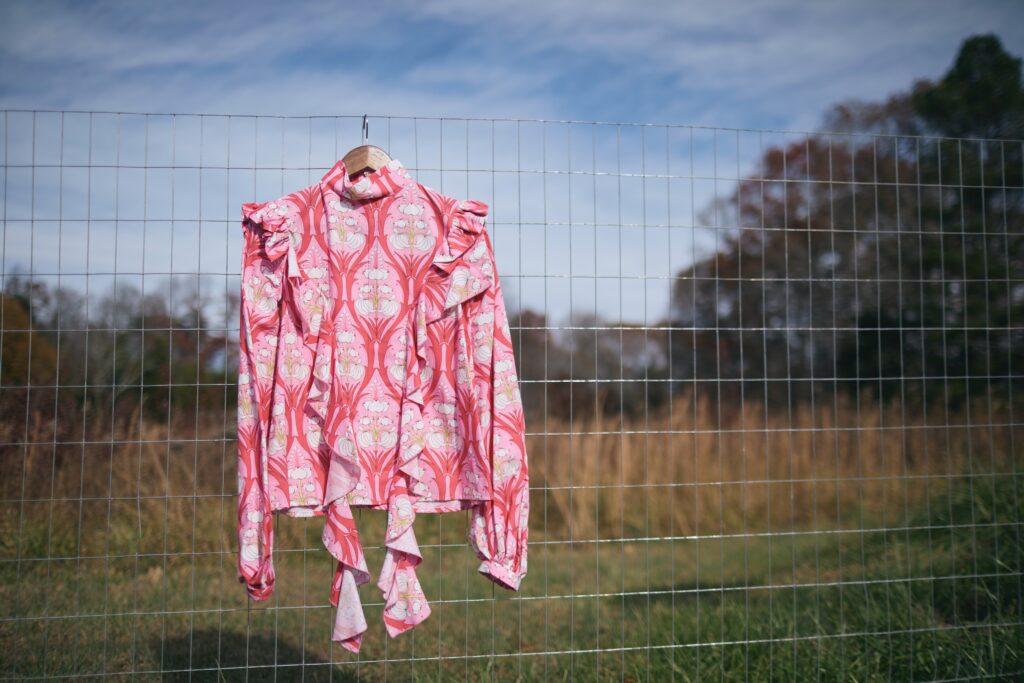


While Julian’s style might be described as preppy, akin to Ralph Lauren and Tommy Hilfiger, “disheveled preppy” is the look Healy portrays. He also seems heavily influenced, especially in his women’s designs, by the hippie movement. Think flowing shifts, Indian and near-Eastern fabrics, often sheer, and plunging necklines.
“People say I remind them of James Spader all the time, especially when I was younger and trimmer,” he says. “The Brat Pack, you can’t beat that.” Healy wasn’t even born until 1980 and was just a child when Emilio Estevez, Andrew McCarthy, Molly Ringwald and their crew graced movie screens across America.
Yet, he’s a self-described old soul whose style icons include several from the 1950s through 1980s: Robert Redford, Paul Newman, Brigitte Bardot and “maybe a dash of River Phoenix.”
After four years of peddling tees, Healy was finally ready to make the leap into women’s fashion. “It took so long to figure out how to get fabric,” says Healy, who sources a lot of his textiles from India, Italy, Peru and Mexico. “And how to find a pattern maker.”
For a couple of years, Healy searched the world over for a pattern maker, and — lo and behold — she was in his backyard all along, right here in Greensboro. Cassidy Burel, who has her own line of couture gowns, freelances for Augustus Roark as both pattern maker and model. While both are designers, each comes at it from different angles. Healy’s jumping off point is always the bold fabric. “I am very driven by color combinations.”
And Cassidy? “She is the total opposite,” he says. “She comes at it from a shape. She likes very minimalistic — white or one color.” While their aesthetic is completely different, their working relationship produces bold results. Often, after completing a piece for Augustus Roark, “She will say, ‘I never thought this would work, but it does.’”
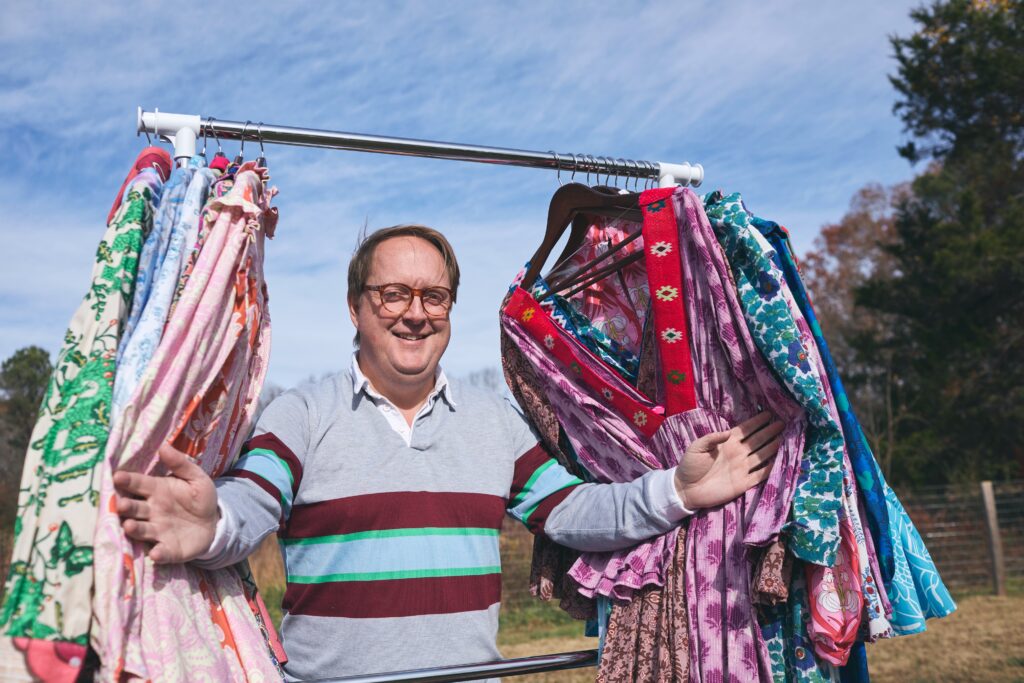
The first dress ever designed by Healy was named “the Sarah,” a maxi-dress with ruffled shoulders, a wide V-neckline and a long side slit in a white fabric that features emerald-green dragons, butterflies, birds and vines with pink berries. Healy insists that it was “absolutely 100 percent” designed with his greatest supporter and influence in mind, his wife. Sarah, who works as the director of strategic marketing and communications at Canterbury School, met Healy right around the time Augustus Roark was officially launching and can often be found wearing her husband’s creations. Born and raised in Western Massachusetts, Sarah’s New England “hipster prepster” vibes echo throughout his designs.
Currently, most Augustus Roark dresses are one-offs or come in a single size run, which Healy says is “cool” because, if you own one, you’ve got a unique piece. But his goal is to be able to sell a fully running women’s line. Healy recalls his mentor, Julian, telling him that designing woman’s fashion was more fun because you could be really innovative. “He always wanted to do it, but he never took the leap,” he adds.
Healy hopes, like Julian’s own father did for him, to leave somewhat of a legacy for his two sons, just 9 and 12 now. “Gucci didn’t become Gucci until 40 years into Gucci,” he says, explaining that the brand didn’t explode into the iconic company it is today until generations later. Healy chuckles, “I am in no way, shape or form suggesting that I am like these brands,” but he’d love to see his kids run with it into the future one day. But for now, while Augustus Roark is still in his hands, he says, “I still have so much I want to do.”
At present, this full-time employee, dad and husband is happy with what he’s been able to accomplish as a simple fashion-designing moonlighter. “I created something out of nothing and that is what I am most proud of. And I am proud that it still exists.”
Of course, it wouldn’t hurt if someone like, say, Gwyneth Paltrow, would don one of his dresses. Rob Lowe, he adds, would be incredible, too. And who knows? You might even spy an Augustus Roark booth — or his T-shirt designs — at the 2025 N.C. Folk Fest.
“You’ll always look back and regret it if you didn’t try,” says Healy. “That’s what Augustus Roark symbolizes — be who you want to be.”
Simple Life
SIMPLE LIFE
Author Archives: O.Henry Magazine
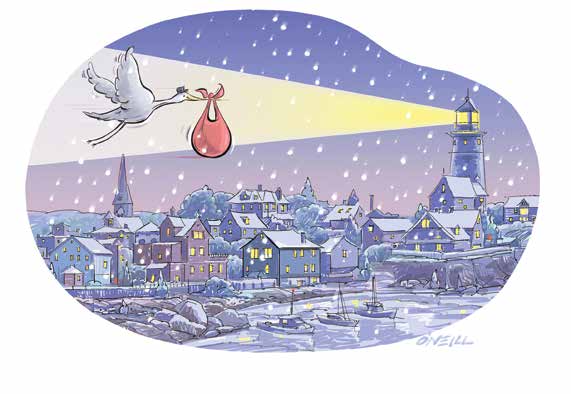
The Island Baby
A tale of the most perfect storm
By Jim Dodson
January is a special month in our family. That’s because three members of our scattered tribe are January babies. It could have been four if I hadn’t missed my due date by two days and wound up being a February groundhog.
My late father’s birthday is the 18th and my mother’s the 24th. But our oldest child’s birthday on the 28th holds the true winter magic.
Back in September 1990, as we lay in bed looking up at the stars through the skylight on our first night in the house on Bailey Island, my first wife, Alison, said quietly, “Let me have your hand.”
She placed it on her belly, and, sure enough, for the first time ever, I felt something flutter, soft as a hummingbird.
“That’s him,” I whispered in awe.
“Or her,” she said.
Friends were concerned when we told them we planned to move to an island off the Maine coast for the winter while beginning construction of our house on the mainland.
In good weather, they pointed out, the hospital was a good 45-minute drive away — across two adjoining islands, over three narrow bridges and through three tiny villages. In bad winter weather, the trip had been known to take hours.
From Labor Day to June, only about 300 souls inhabited the durable rock island where we set up housekeeping in a fine cottage, which provided us with a 20-mile view of the coast. Within days of our arrival — news spreads fast on a small island — we’d met the folks who ran the community store, the postmistress, several lobstermen and a chatty gentleman named Bob, sort of the island’s de facto mayor and charge d’affaires of information and snowplowing.
“When the snow flies, the drifts can get pretty wicked out here,” he explained, and turned pale when we mentioned we were in the family way — due in early February. “I’m awfully glad you told me,” he said seriously. “We’ll keep an eye on you.”
A few days later, a lady at the store slipped me a scrap of paper with a phone number and said, “I heard about your situation. Call anytime if you need to — Herman’s got four-wheel drive.” Not long after that, one of the local lobsterman pulled me aside and said, “I’ve got a boat that’ll chew through anything. Just give a holler.”
Such nice folks, those island souls.
While we settled in to wait for the baby, they prepared for winter snow, fixing drafts, hooking up plows, topping up the woodpile and getting buckets of sand ready. I realized how much the mariners loved the drama of winter storms. Hard weather makes good timber, as they say in the north country.
There was a dusting of snow two days before Christmas, followed by wind, arctic cold and nothing more. While the islanders scanned the skies for telltale flakes, we scanned a baby book for boy names. Everyone — I mean everyone — was certain we were going to have a boy, including yours truly.
“How about Herman,” I suggested.
Alison laughed. “You mean after the four-wheel guy?”
“More as in Melville, the great white-whale guy.”
Given our location, I suggested other strong nautical names, including Noah, Davy Jones, Billy Budd and Horatio Hornblower — “Hank” for short.
Alison merely smiled and shook her head. Other family members chipped in several male family names.
As the winter deepened and the delivery day approached, only my wife and my dad believed the baby would be a girl.
In the meantime, the islanders grew visibly tense from the absence of snow. Snowplows sat idle; the boys around the stove grumbled over their morning coffee at the community store.
It turned out, in fact, to be the unsnowiest winter on the island in a century. Just our luck. Poor islanders. By early January you could feel their desperation to push snow and fling sand. A few days before the month’s end, Alison joked that our baby would arrive with a snowstorm.
Her mouth to God’s ear.
That Friday night, as we were dining at our favorite restaurant in town, it began to snow like mad. Mainers live for the winter’s first good snow. You could see the relief in their faces. “Better late than never,” our waitress cheerfully declared as she delivered dessert. “Hate to waste my new snow tires!”
Moments later, Alison’s water broke. We left our dessert behind and went straight to the hospital down the block.
The delivery doctor said we still had several hours to go. So, as mother and baby settled in, I drove out to the island to get some clothes and feed the dog. By the time I got there, a blizzard was in full force and even my four-wheel Blazer had difficulty navigating our unplowed lane.
It took another two hours to get off the island, over the bridges and back to the hospital. By the time I climbed the final hill into town, the snow had stopped and a brilliant sunrise bathed a silent white world in golden light. It was a sight I’ll never forget.
I got to my wife’s side 10 minutes before the baby arrived.
The next afternoon, we brought our newborn home, bundled up like an Eskimo baby. The snow was so deep, we had to park at the community store and slide down the hill on our rumps to our cottage doorstep.
Stamping around, folks on the island were downright giddy. Bob was deeply relieved. Snowplows roared and news of the birth quickly spread.
Everyone who peeked at our new arrival wanted to know what we named our sweet island lad.
“Margaret Sinclair,” I proudly told them.“Maggie for short — after both of her grandmothers.”
Omnivorous Reader
OMNIVOROUS READER
Author Archives: O.Henry Magazine
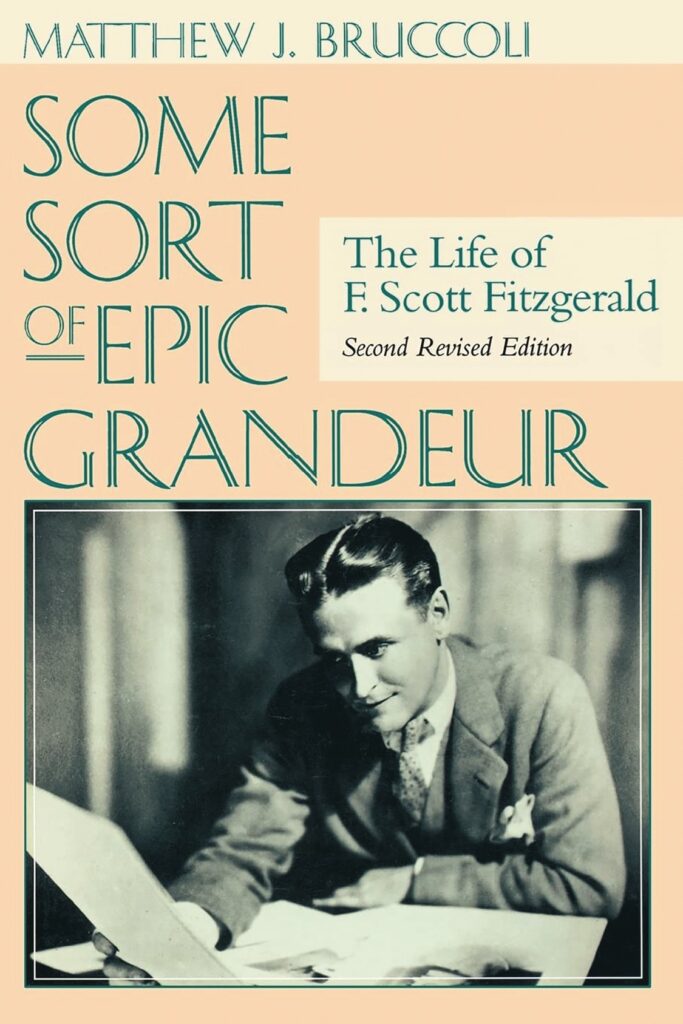
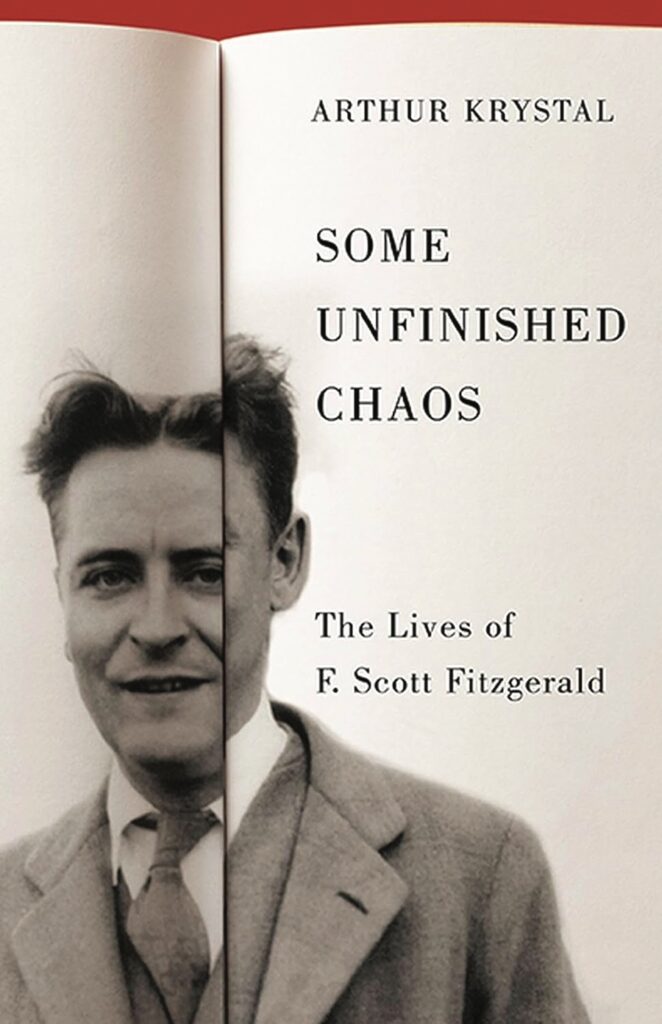
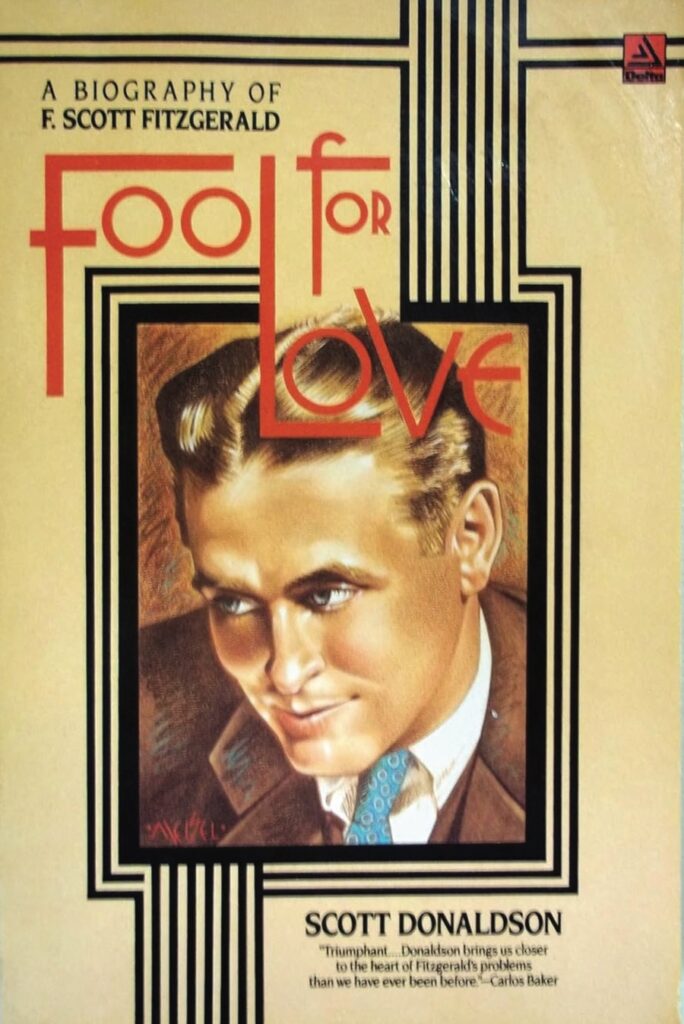
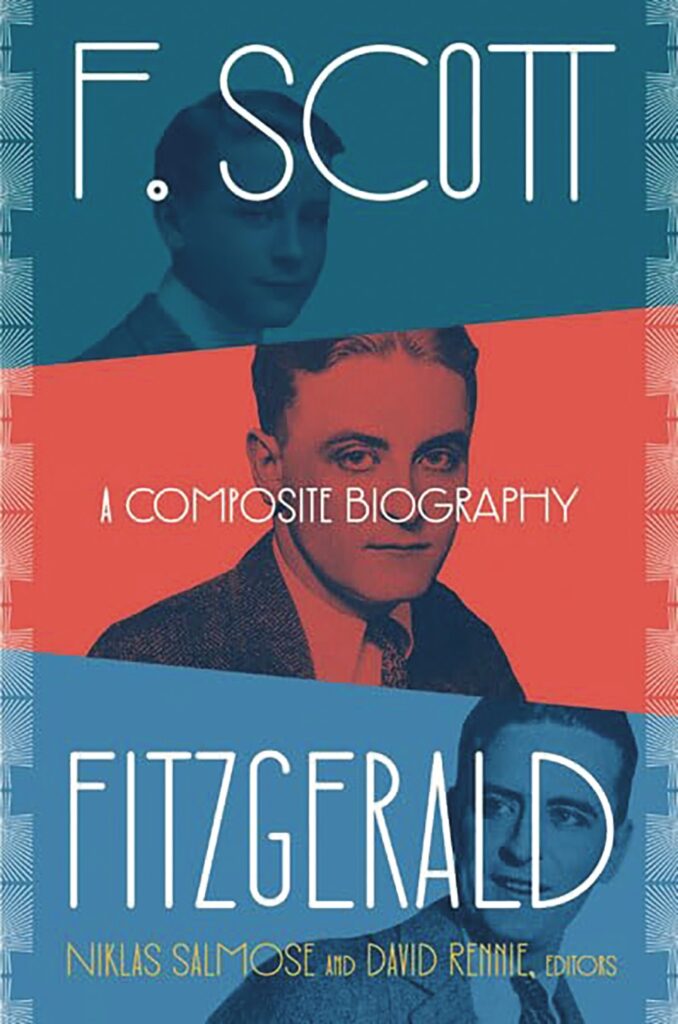
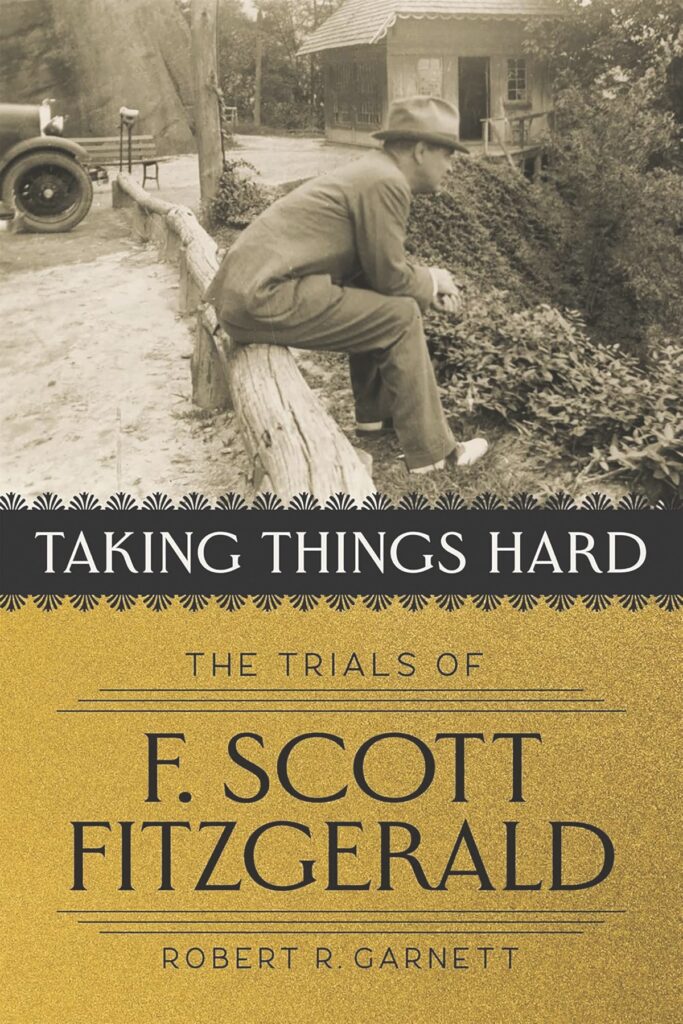
Endless Fascination
The troubled life of F. Scott Fitzgerald
By Stephen E. Smith
In his 1971 memoir, Upstate, literary critic Edmond Wilson grouses about college kids knocking at the door of his “Old Stone House” in Talcottville, New York. “They want to know about Scott Fitzgerald and that’s all,” he writes. Wilson was Fitzgerald’s classmate at Princeton University, and he edited Fitzgerald’s The Crack-Up and the unfinished novel, The Last Tycoon.
If you’re a reader of literary biographies, you can understand Wilson’s peevishness. Bookstore and library shelves are lined with Scott and Zelda Fitzgerald bios. Matthew Bruccoli’s Some Sort of Epic Grandeur is the definitive work. Still, there are many other bios — at least 30 — that are worth considering: Scott Donaldson’s Fool For Love, Arthur Krystal’s Some Unfinished Chaos, Niklas Salmose and David Rennie’s F. Scott Fitzgerald: A Composite Biography, among others.
Robert Garnett’s recent Taking Things Hard: The Trials of F. Scott Fitzgerald contributes significantly to the material available on the Jazz Age author and will be of particular interest to Fitzgerald aficionados with a North Carolina connection.
Garnett, a professor emeritus of English at Gettysburg College, is best known for his biography, Charles Dickens in Love. His Fitzgerald study is less inclusive than his work on Dickens, covering the final 20 years of Fitzgerald’s life, but his research is meticulous and reveals aspects of Fitzgerald’s personality that other biographers have ignored or overlooked.
During his most prolific years — 1924-1935 — Fitzgerald’s primary source of income was his short fiction (he published 65 stories in The Saturday Evening Post alone), and he was paid between $1,500-$5,000 per story when a Depression-era income for a high-wage earner was $1,000 a year. Garnett focuses on the better-known stories — “The Ice Palace,” “A Diamond as Big as the Ritz,” “The Intimate Strangers,” “Babylon Revisited,” “One Trip Abroad,” etc. — to explicate the romantic themes and ineffable mysteries that defined Fitzgerald’s checkered life.
The story “Last of the Belles,” written in 1927, exemplifies Fitzgerald’s return to the familiar theme of romantic infatuation and lost love. It closely parallels Fitzgerald’s time in Montgomery, Alabama, where he served as a young lieutenant during World War I. He incorporates his courtship of his future wife, Zelda Sayre, into the narrative and transforms her into the character of Ailie Calhoun, “the top girl” in town. The narrator, identified only as Andy, is smitten by Ailie, but she becomes enamored of Earl Schoen, a former streetcar conductor disguised in an officer’s uniform.
“The Last of the Belles” plays off Fitzgerald’s strong sense of class, his longing to recapture youthful romance, and his grieving “for that vanished world and vanished mood, Montgomery in 1918 . . . a living poetry of youth, warmth, charming girls, and romance.” “The Last of the Belles” is Fitzgerald’s final attempt to recapture the South of his youth and its alluring women.
A close reading of the stories opens a window into Fitzgerald’s thematic preoccupations, allowing the readers to glimpse aspects of his thinking that are not readily apparent in his less spontaneous, more ambitious novels. But it also presents the reader with a challenge. Garnett provides a synopsis of the stories he cites, but to fully comprehend his explications, it is necessary to read the stories in their entirety, an undertaking that casual readers might find laborious.
Fitzgerald’s North Carolina sojourn is at the heart of Taking Things Hard. In the Fitzgerald papers at Princeton’s Firestone Library, a personal journal kept by Laura Guthrie, a palm reader at Asheville’s Grove Park Inn, draws an intimate, none-too-flattering portrait of Fitzgerald during his saddest period. “The 150-page single-spaced typescript follows him closely, day by day, often hour by hour,” Garnett writes. “Most Fitzgerald scholars are aware of it; few have read it through, fewer still have mined it.” Garnett believes Guthrie’s journal “is the most valuable single source for any period of his (Fitzgerald’s) life.”
In the early spring of 1935, Fitzgerald fled Baltimore for Asheville. He rented adjoining rooms at The Grove Park Inn, where he wrote a series of historical stories for Redbook. Garnett describes these stories as “wooden, simplistic, puerile, awash in cliché and banality, with ninth-century colloquial rendered in a hodgepodge of cowboy-movie, hillbilly, and detective novel.” These amateurish stories were the low point of Fitzgerald’s writing career.
Guthrie became Fitzgerald’s confidant, constant companion and caregiver. He and Guthrie were not physically intimate, but she was enamored. Of their first dinner together, she wrote, “He drank his ale and loved me with his eyes, and then with his lips for he said, ‘I love you, Laura,’ and insisted, ‘I do love you, Laura, and I have only said that to three women in my life.’”
The story Guthrie tells is anything but inspirational. Fitzgerald was intoxicated most of the time — she recorded that he drank as many as 37 bottles of beer a day — and he insisted that she remain at his beck and call. “He is extremely dictatorial,” she wrote, “and expects to be obeyed at once — and well.” As the summer progressed, his drinking grew worse, and he eventually turned to gin “with the idea,” Guthrie noted, “that he had to finish the story and that he could not do it on beer, even if he took 30 or so cans a day, and so he would have to have strong help — first whiskey and then gin.”
In June, Fitzgerald headed to Baltimore and detrained briefly in Southern Pines to visit with James and Katharine Boyd. His conduct while visiting with the Boyds was such that he felt compelled to write a letter of apology when he arrived in Baltimore.
In late 1935, Fitzgerald took a room in Hendersonville, North Carolina, and wrote his self-deprecatingly “Crack-Up” articles. Published in Esquire in 1936, these revealing essays marked the end of his career as a popular novelist and short story writer. He would eventually move to Hollywood, spending the remainder of his days toiling for the dream factories and outlining a novel he would never complete. He died there in relative obscurity in 1940 at the age of 44.
A century after its publication, The Great Gatsby remains a mainstay of the American literary canon, and critics and scholars continue re-evaluating Fitzgerald’s life. No matter how many times they retell the story, it will never have a happy ending.
Pleasures of Life
PLEASURES OF LIFE
Author Archives: O.Henry Magazine
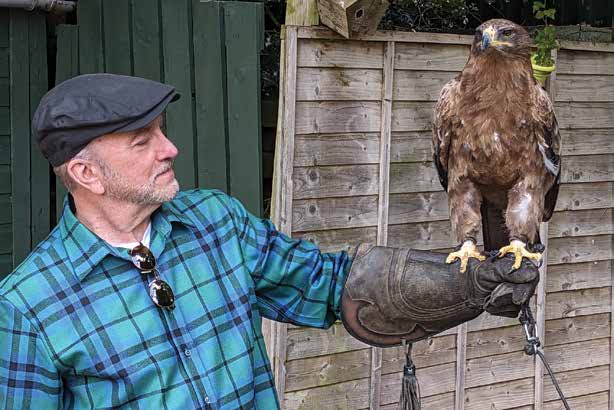
A Falconer Goes Home
And discovers what, exactly, is in a name
By Woody Faulkner
I can scarcely believe that I am here, standing on my ancestral ground with a majestic gold eagle on my arm.
Her massive talons grip my gloved arm. A bit heavy at 7 pounds, her feathered, muscular torso, noble head and sharp talons are all on display as if to say, “Watch yourself!” Out of all the raptors used in falconry, the eagle is the largest. Emitting loud squawks, she lets me know that I need to pay strict attention to her. She is 50 years old, which is very old for an eagle. In the wild, they live to a max of around 35 years. On this gorgeous golden girl’s upcoming birthday, Barry, our Scottish falconer, is going to present her with a whole rabbit “. . . in pless of eh berrrrth-dey kehk!”
I long imagined re-enacting the regal hunting sport that gave my family its surname, Falconer/Faulkner. So, in July, John, my spouse, and I set out for Edinburgh ( or “Edinbruh,” as the Scots say), Scotland and Dalhousie Castle, where Falconry Scotland’s Ultimate Experience is located. Barry and son Jackson introduce us to numerous birds of prey on site, including owls, hawks, falcons, eagles, a raven and a crow. We even meet the sister of the owl known for playing Hedwig, of Harry Potter fame! Taking turns with other guests, we “fly” the owls and hawks. Duke is a large owl so named because he swaggers like John Wayne when he walks. Bojangles is a hawk who wears a bell, and Lizzie is a small, white, talkative owl. Each flies from a perch at the falconer’s signal to our arm, lured by fresh chunks of chicken. Just before each one of these birds lights upon my left arm, its broad wings open widely, it tucks its tail down, while its talons thrust forward to grasp its perch. Then it gracefully folds its wings. I can barely feel little Lizzie landing, but Duke and Bojangles land with a goodly thud that makes my arm dip a bit. Their close proximity to me doesn’t invoke fear, rather admiration and oneness with the bird. The leather gauntlet provides protection from the otherwise deadly talons. After eating the raw chicken greedily, the bird sits patiently on my arm waiting for a command from Barry. Finally, we get to hold a bird of our choice. My pick? The large golden eagle.
Growing up in rural Vance County, N.C., surrounded by other Faulkner families, I was vaguely aware that our surname derives from the Medieval practice of falconry, but my interest was piqued when I seriously began to research my family name. Finding a wealth of information about my 9th great-grandfather and his family’s arrival in 1665 at Hog Pen Neck, a British colony of Maryland, aboard the ship Agreement, I was able to trace our line of Faulkners as far back as 13th-century Scotland.
The first forebears of our name was Ranulphus of Lunkyir, who was appointed Scottish Falconer in 1211 by the third king of Scotland, William the Lion (1165-1214). Lunkyir then changed his name to Ranulphus le Falconer. And so it was that we found ourselves on an unusually sunny day in Scotland traveling north from Edinburgh into the foothill region in which Scottish Kings and their falconers hunted. Hiring a driver for the day, we set out to visit an ancestral seat of the Falconer/Keith clan called Inglismaldie Castle (a small estate on a large tract of land). No longer occupied, the house had been the seat of the Lairds of Halkerton (Hawk-town and the Falconer/Keiths) from 1636 to the 1960s.
Arriving at the castle, I walk up to the front door and boldly knock three times with the round iron knocker as if to say to the ghosts within, “Open up, a Faulkner is here.” Alas, no answer.
Gazing up at the crest above the door, its motto catches my attention, “Quae Amissa Salva,” (“What is lost, has been saved”). After some quick googling of the phrase, we ultimately discover that this refers to Clan Keith (our relatives by marriage) and the Scottish Crown Jewels they saved from Cromwell’s armies in 1652.
On the way back from Inglismaldie, we make several stops to take in the spectacular coastal scenery perfect for falconry. Arriving at the ruin of Arbroath Abbey, founded by William I in 1178 and dedicated to his friend Thomas Becket, we first explore the visitor center. There, I read that King William is buried among the ruins — an unexpected jackpot! Walking down what would have been the nave of the cathedral, leading to the high altar, there on the bare ground, I spy a large, red, flat stone: the tomb of William I! Here lies the monarch who granted a long line of Falconers their family name 900 years earlier!
Experiencing falconry in the land that gave me my name was immensely enjoyable and satiated my curiosity, leaving me full of gratitude. In Scotland, I found a safe — and sacred — place to explore what gave my family the wings to soar.

